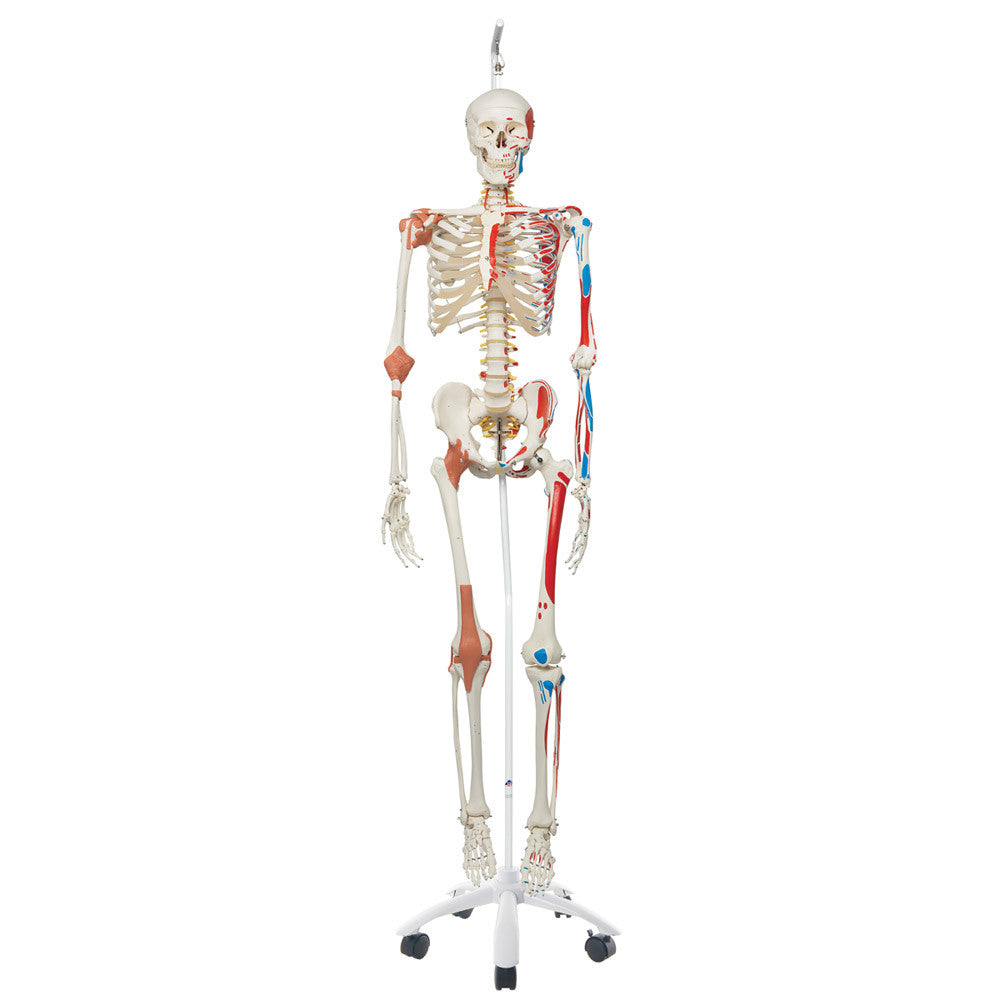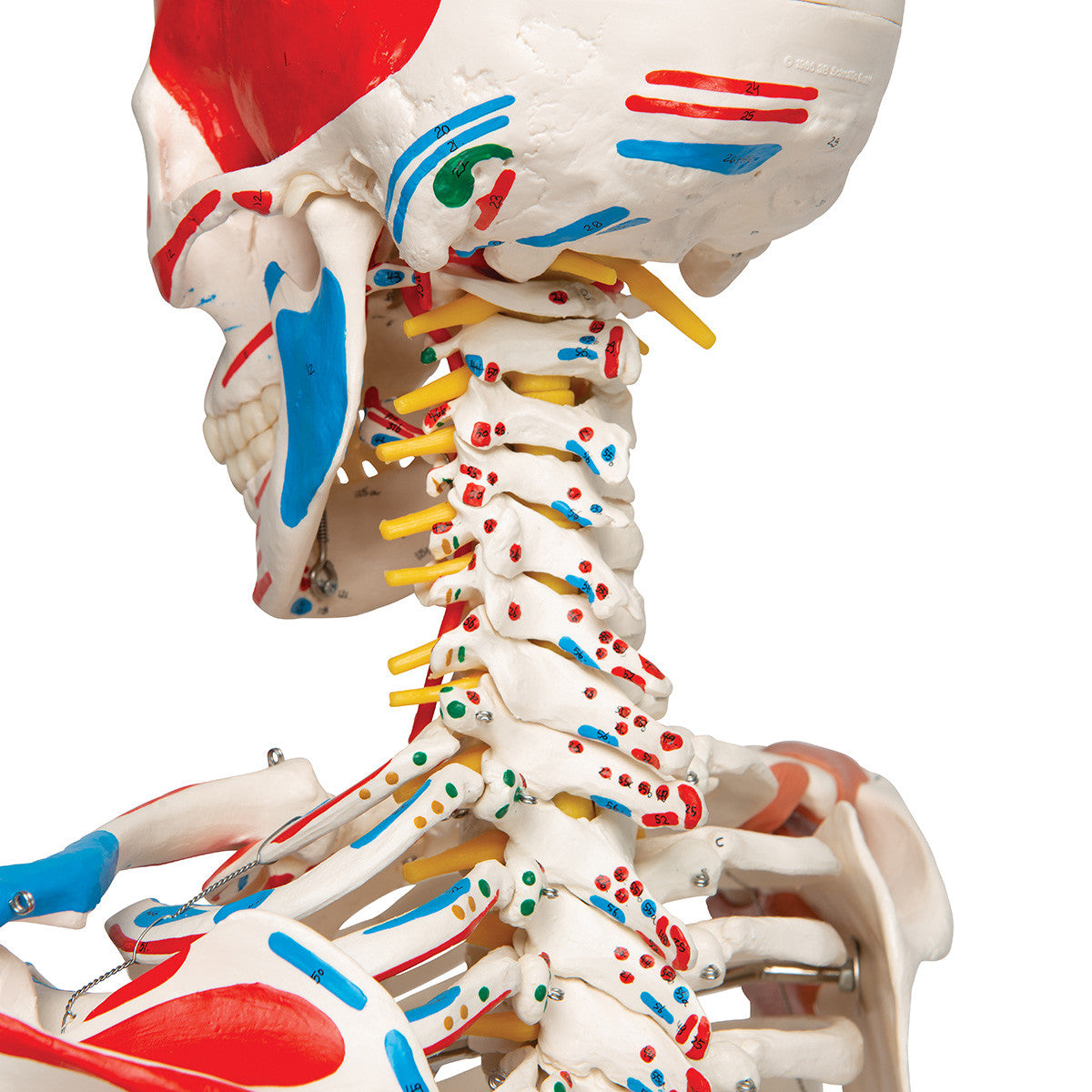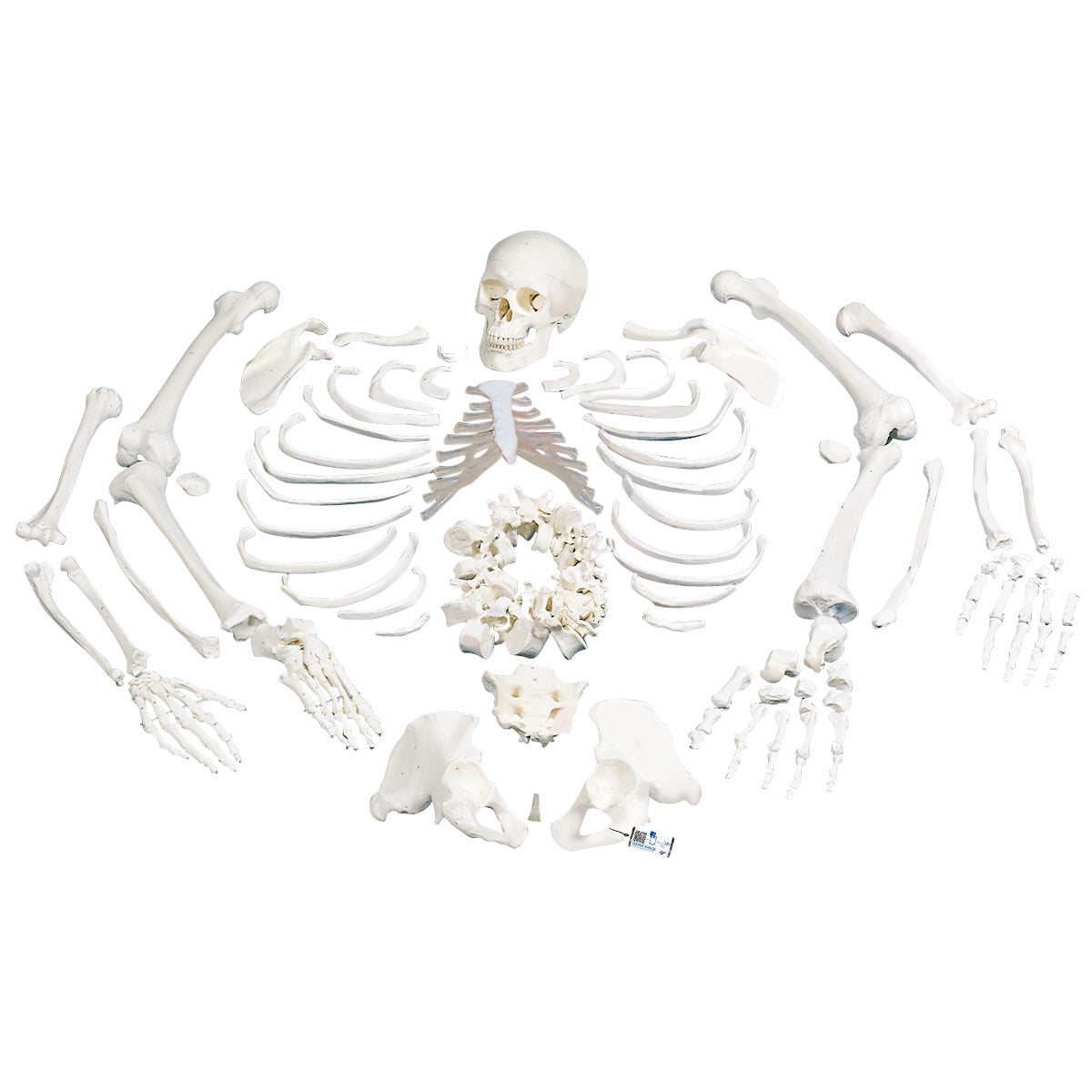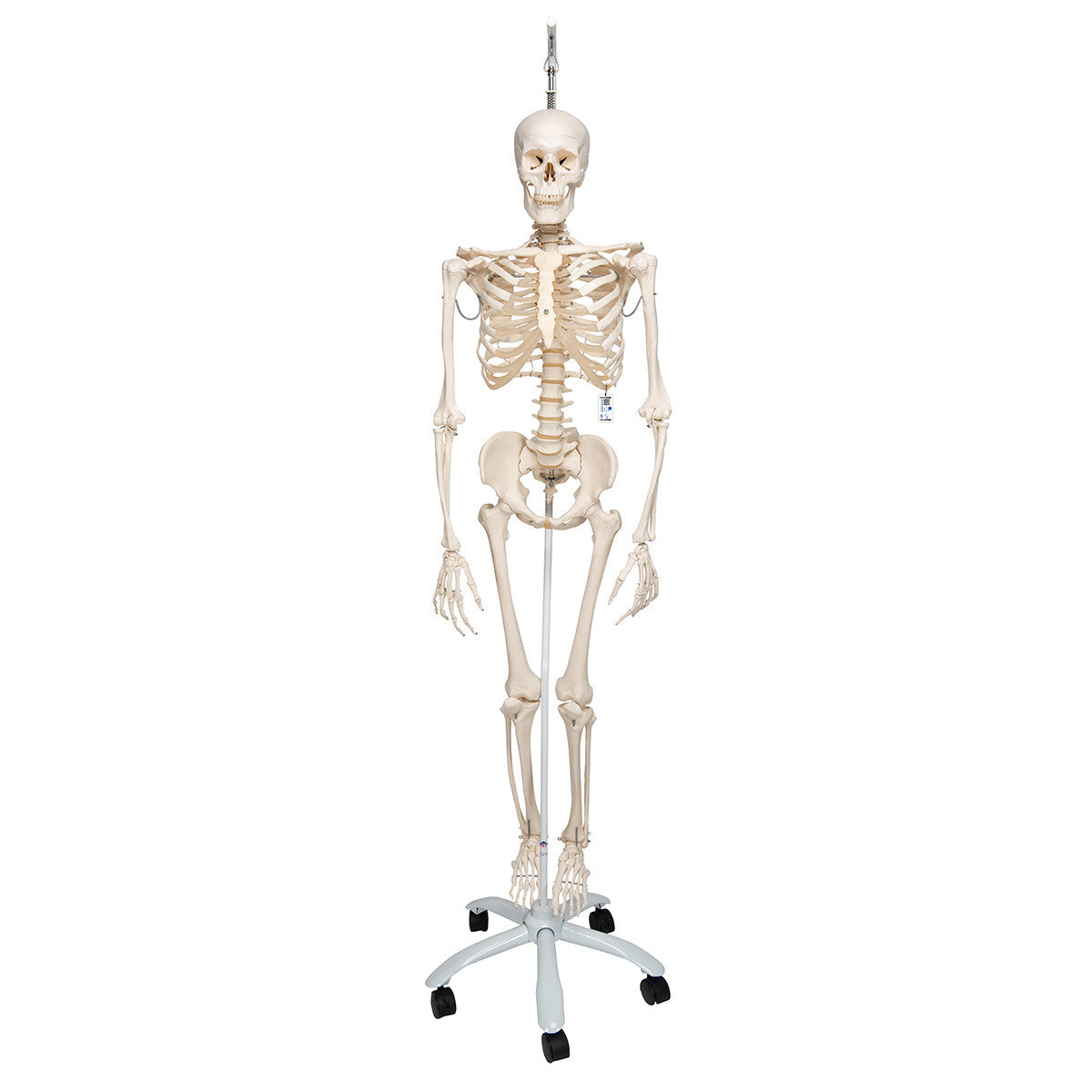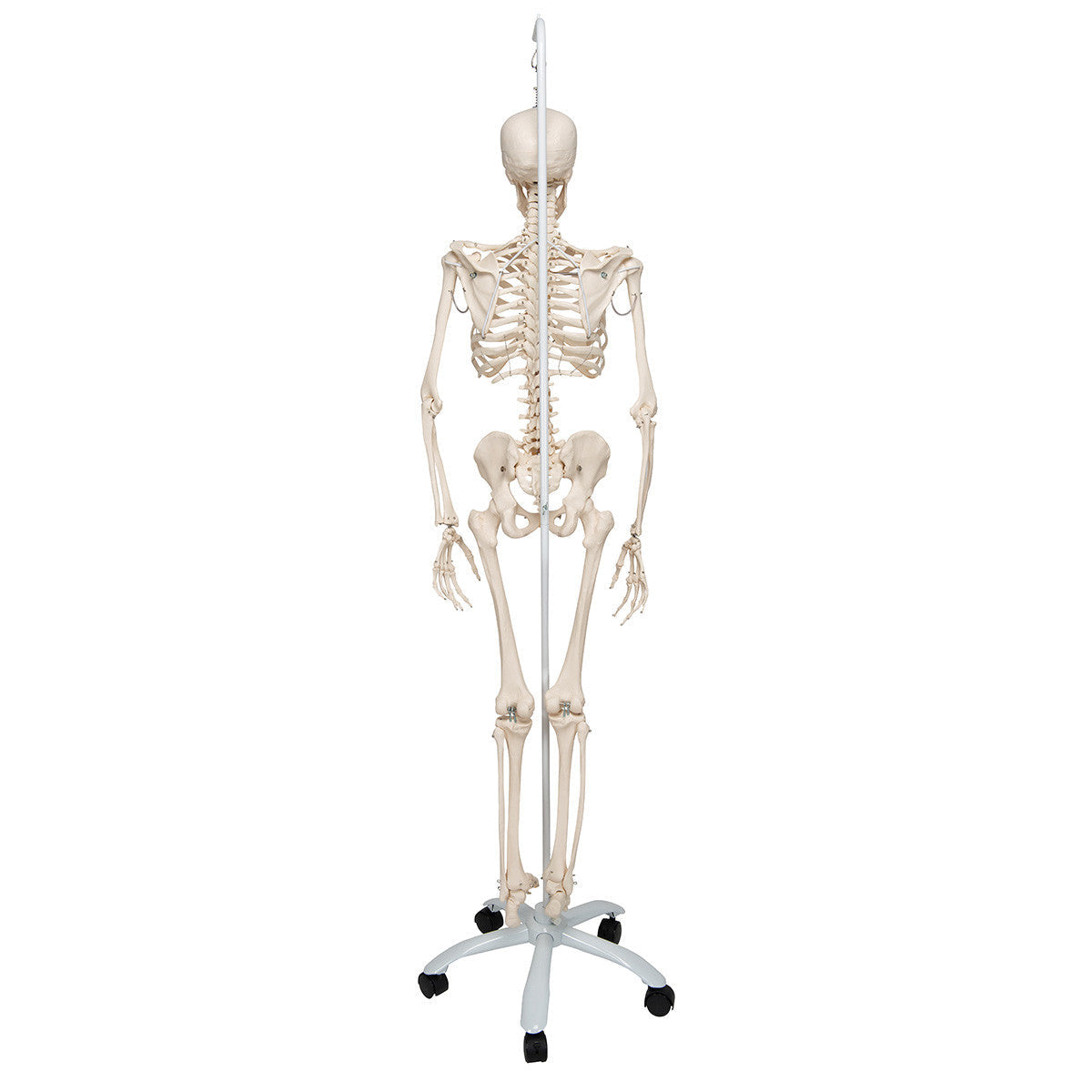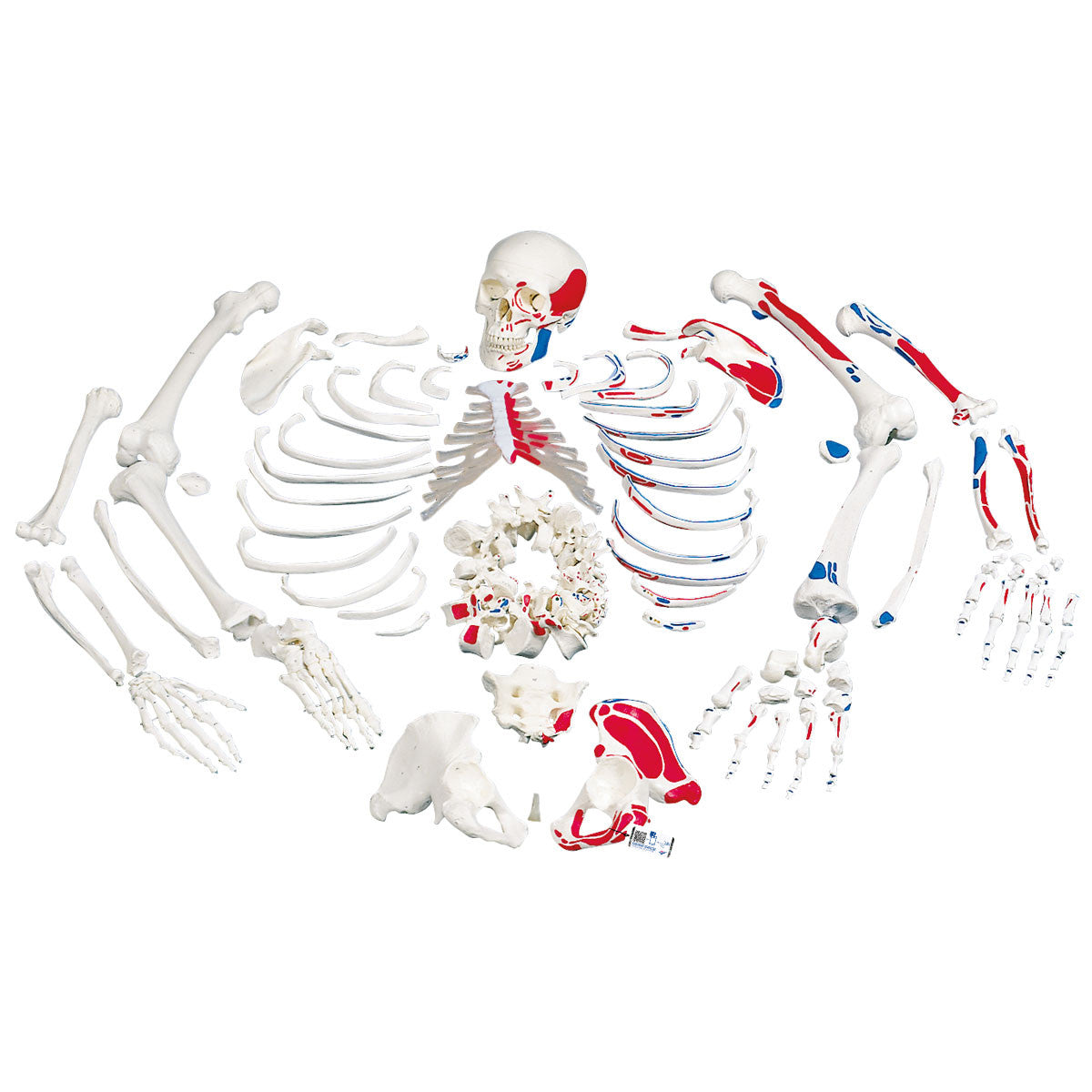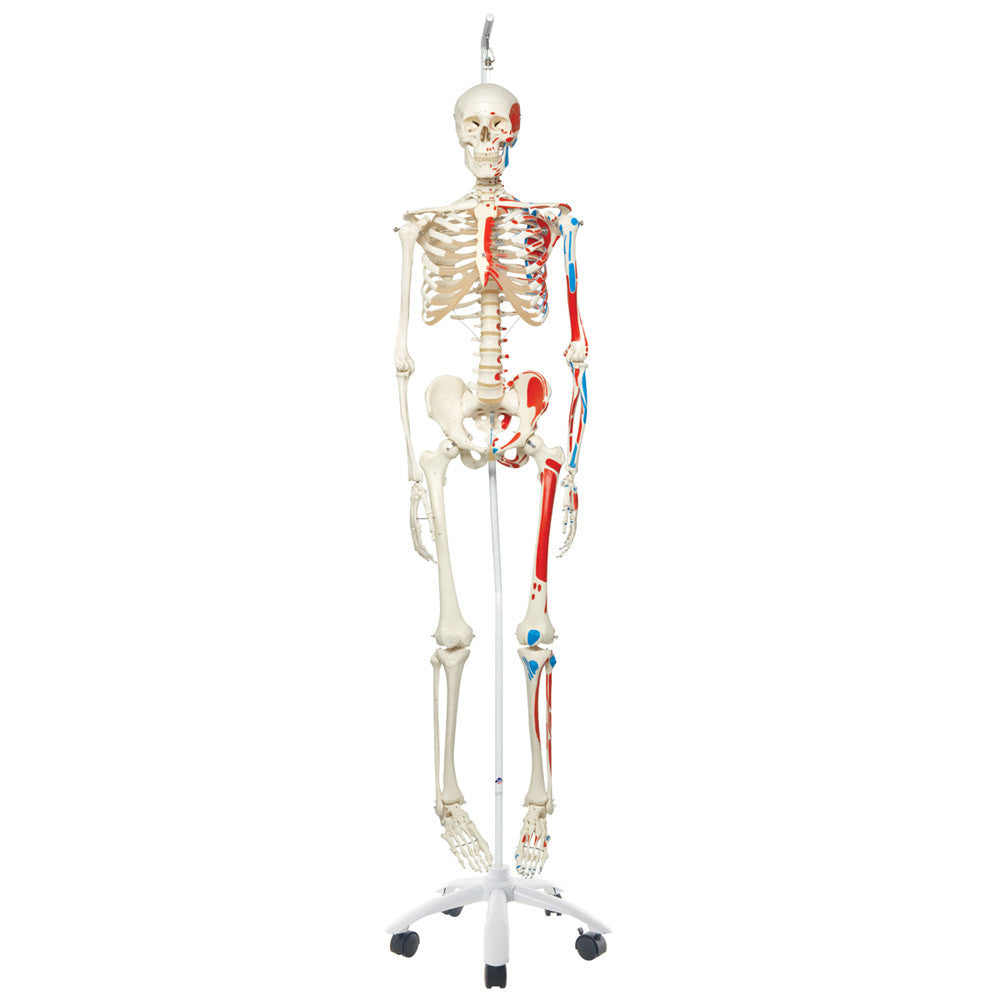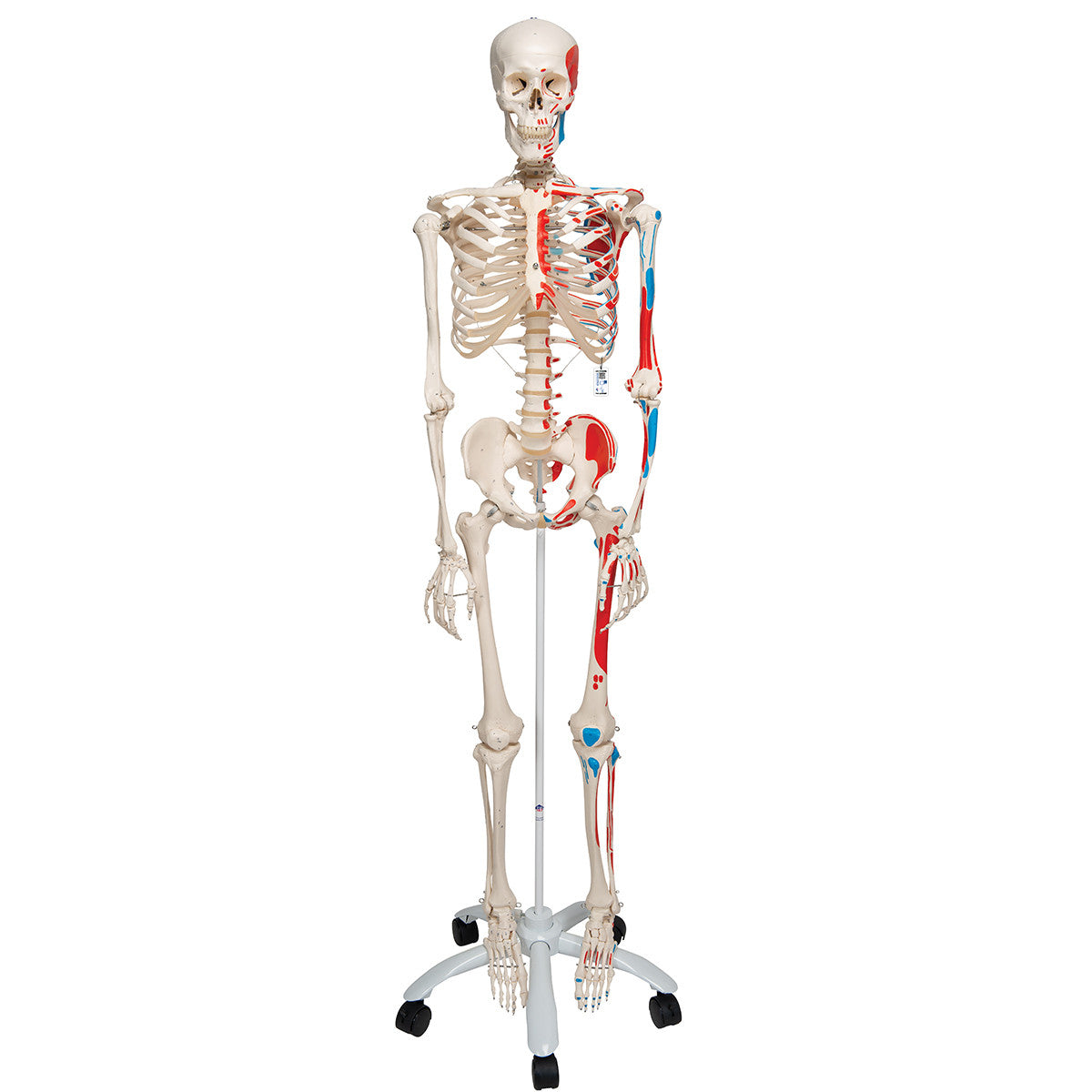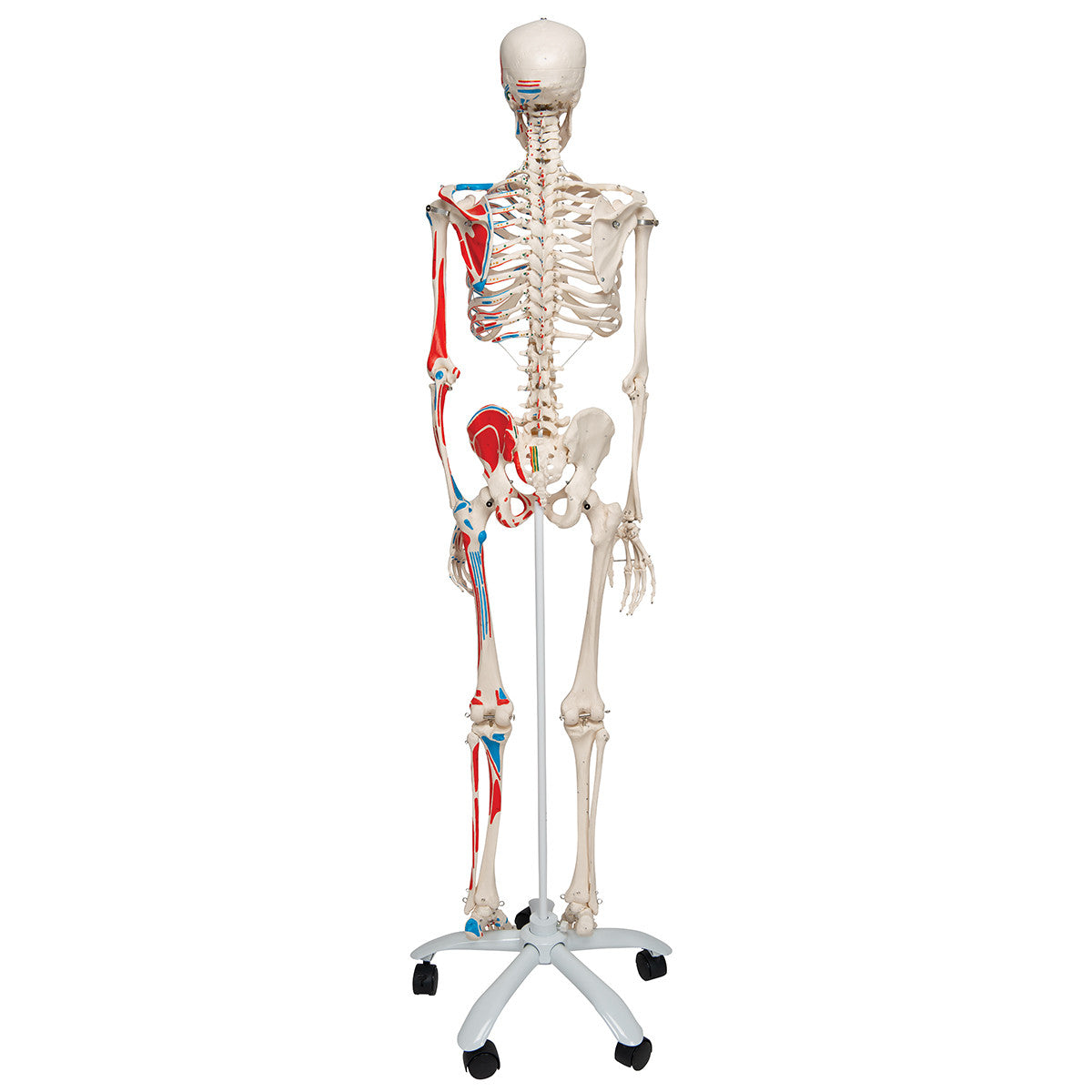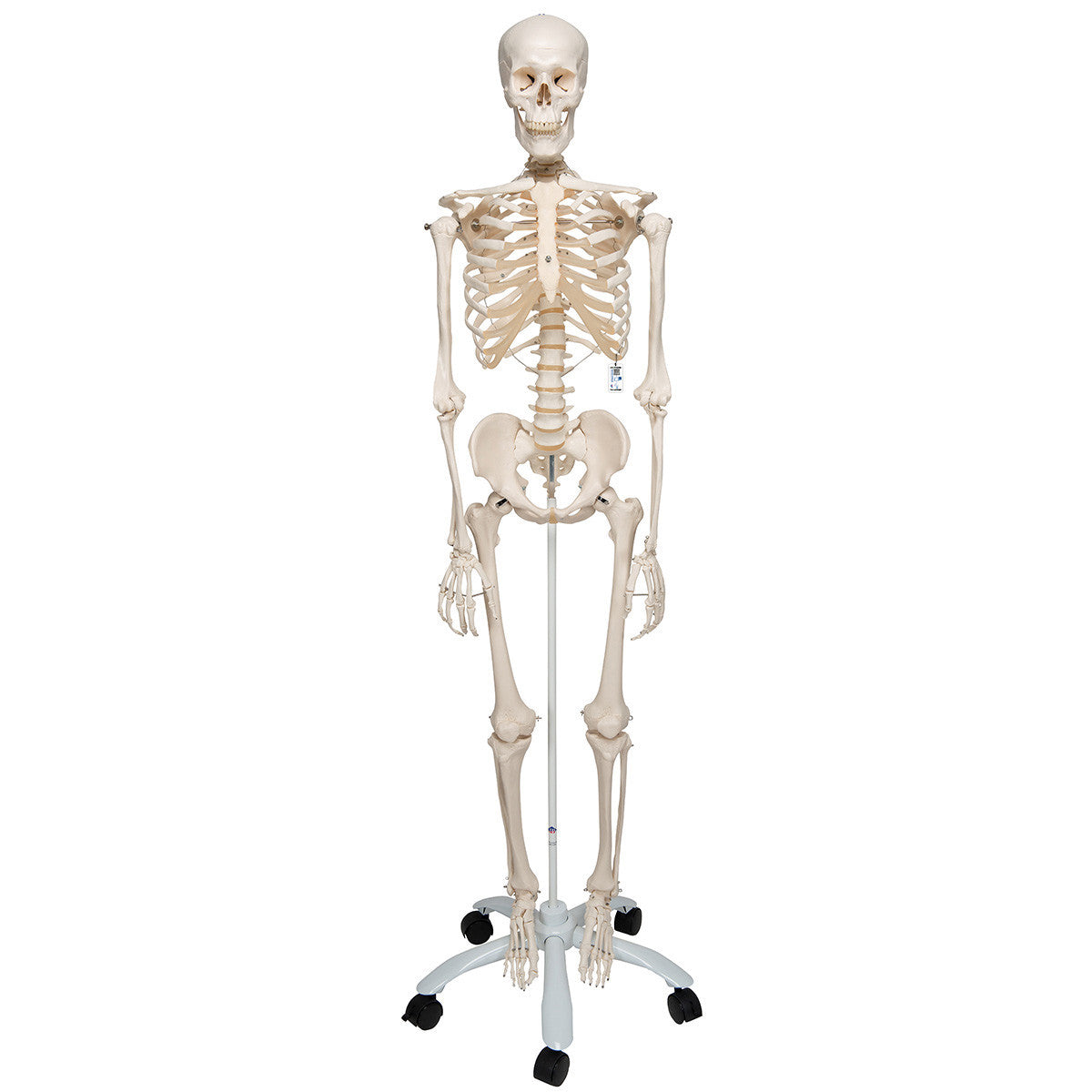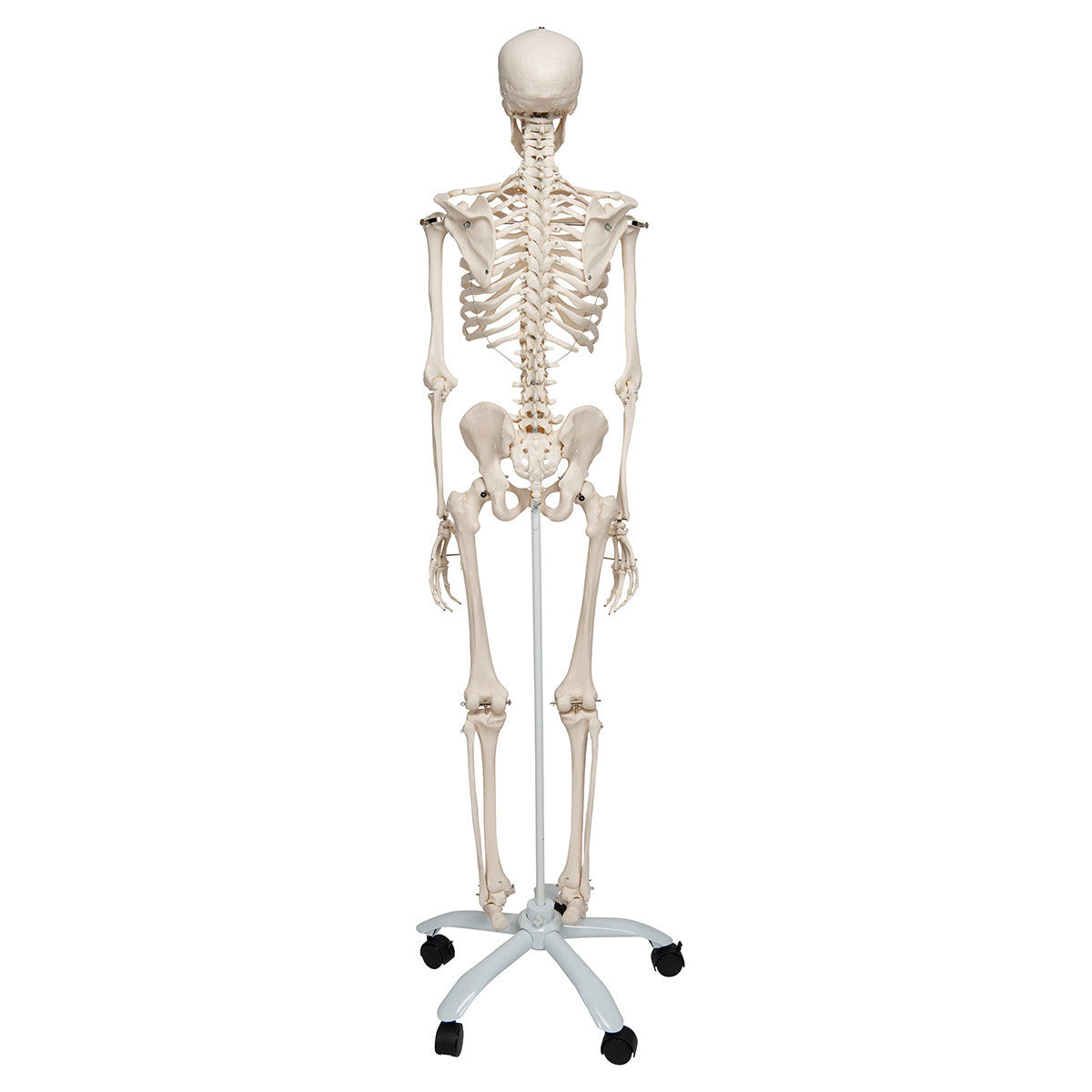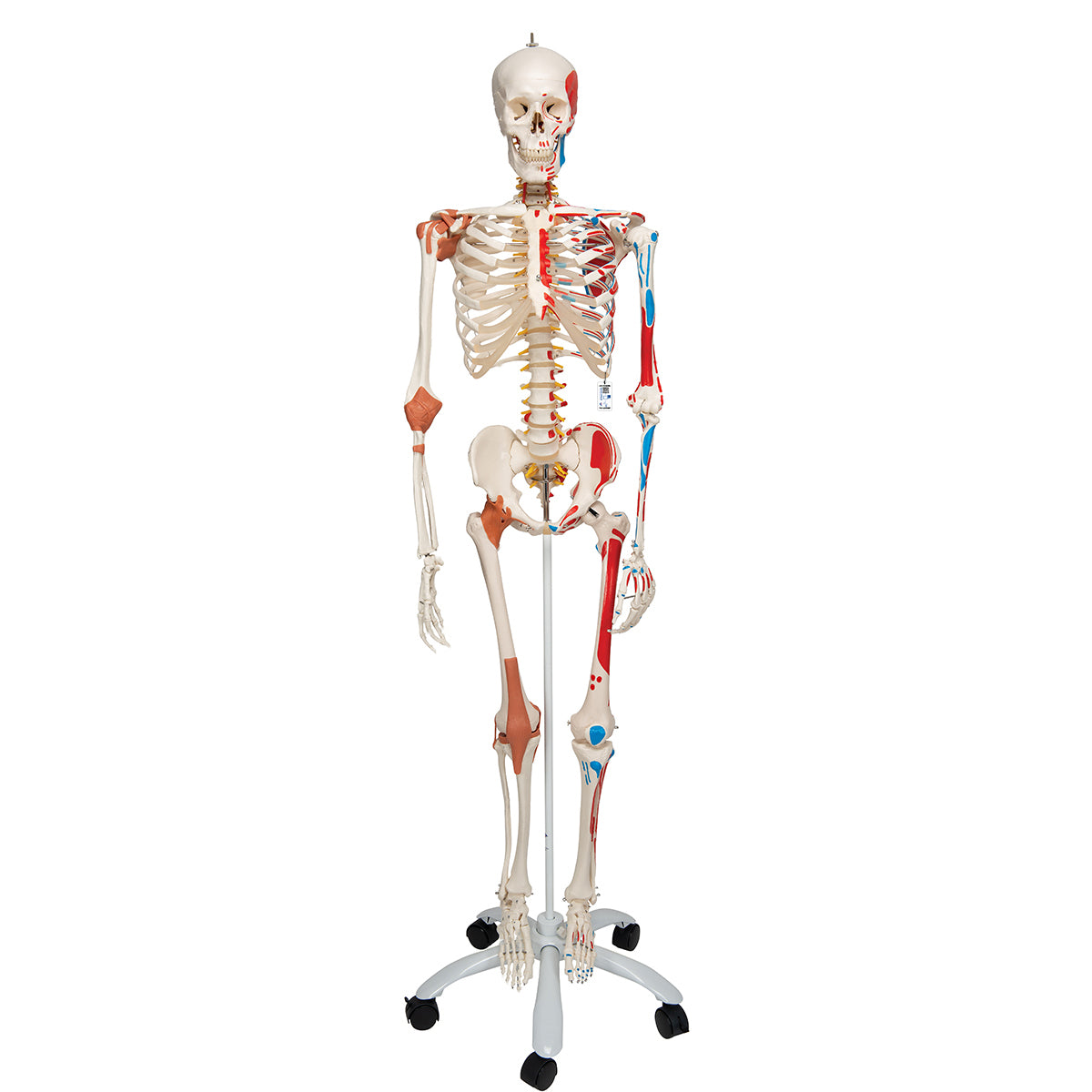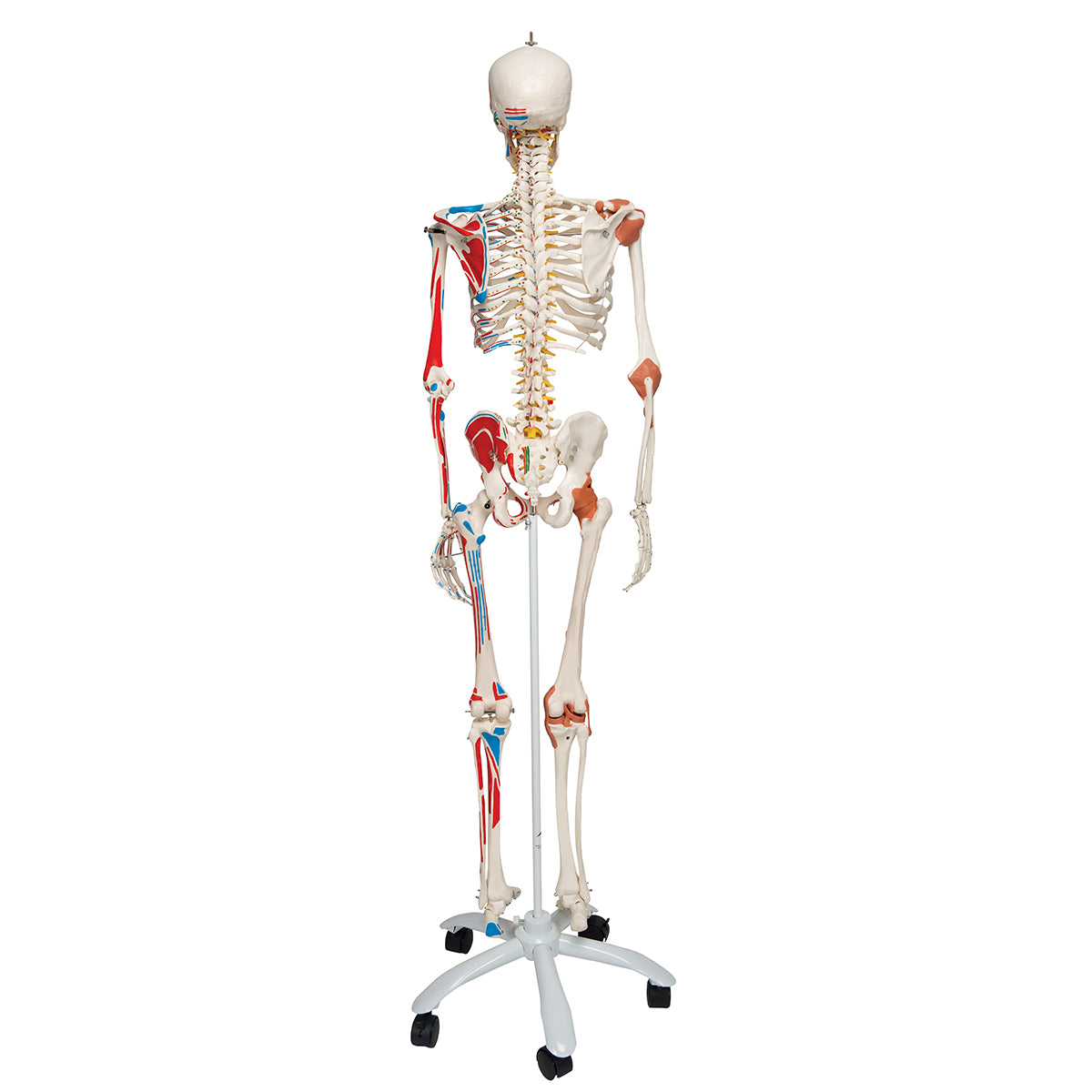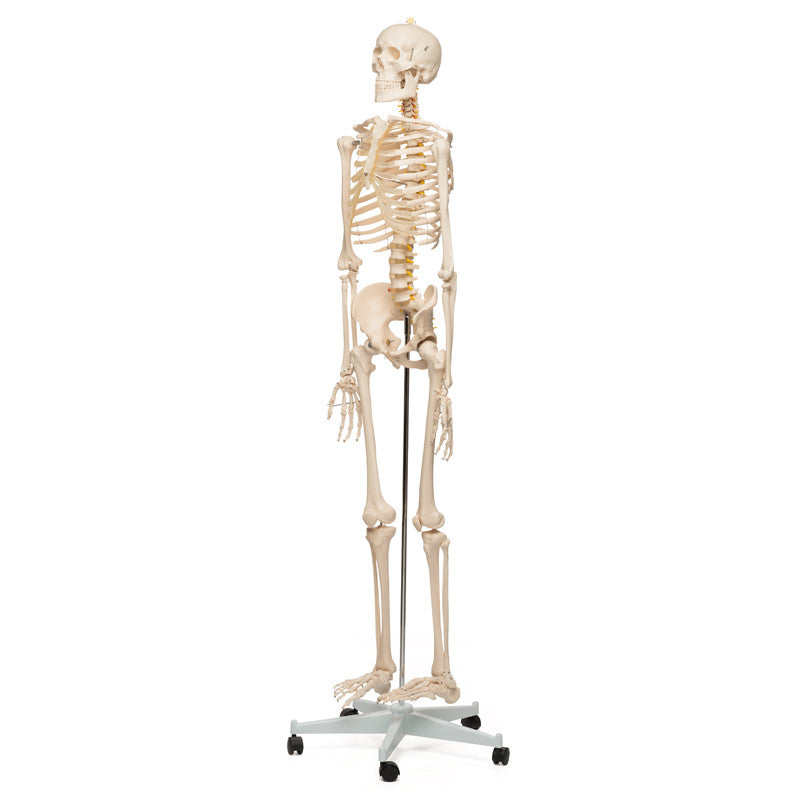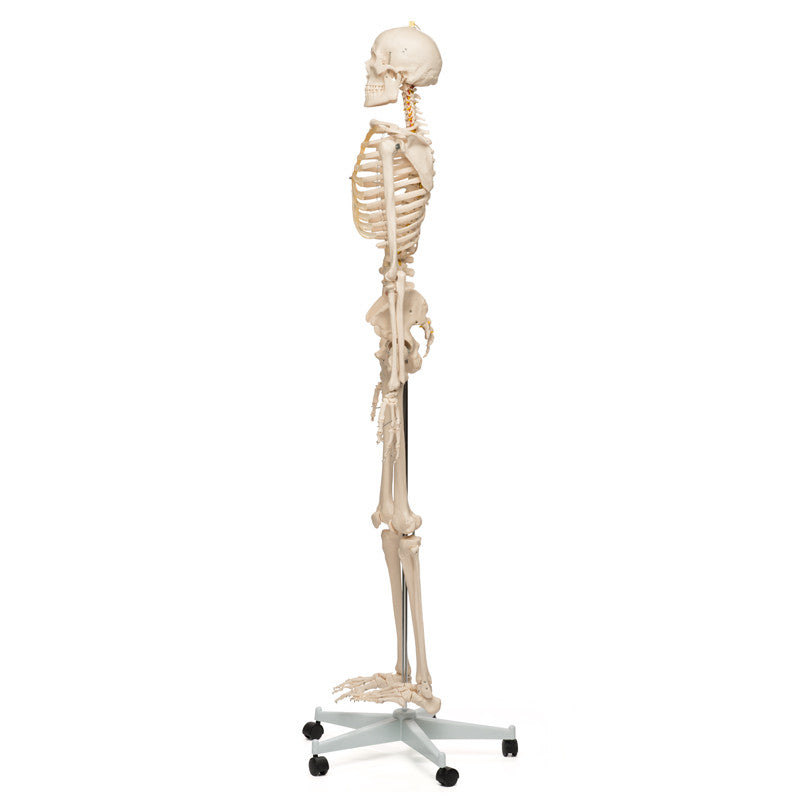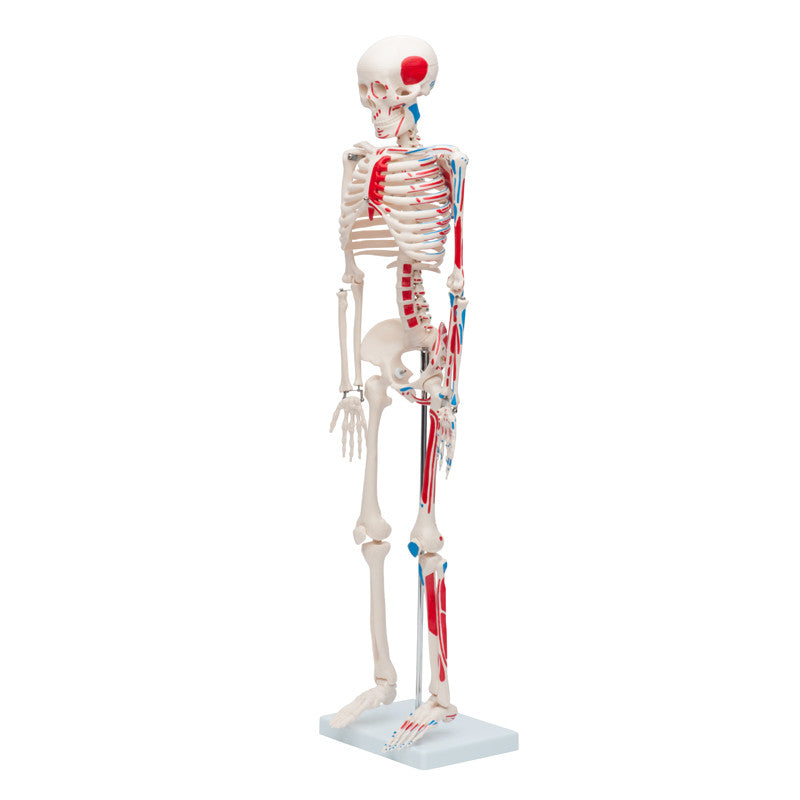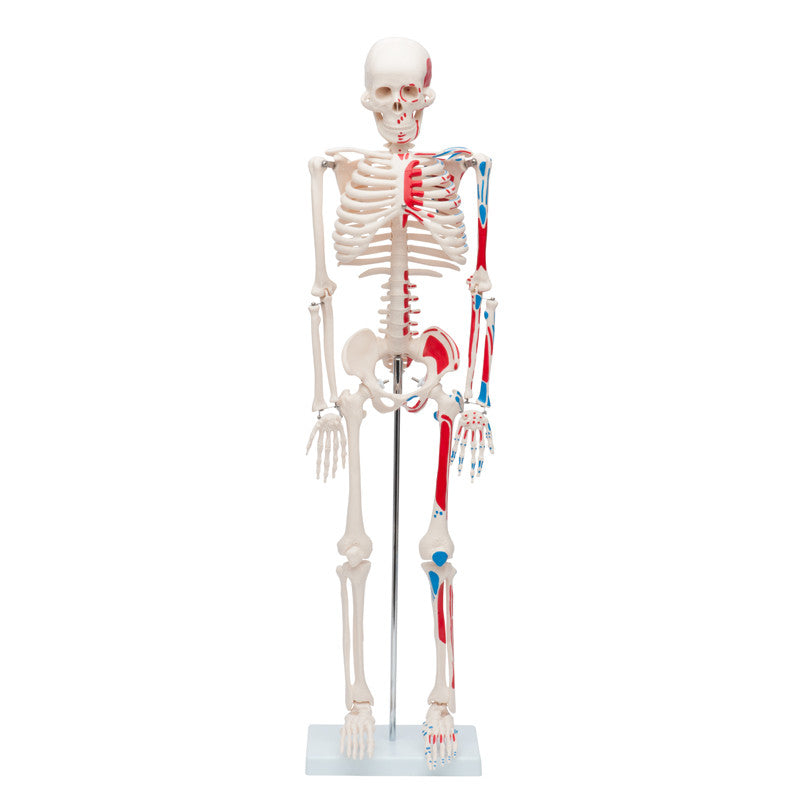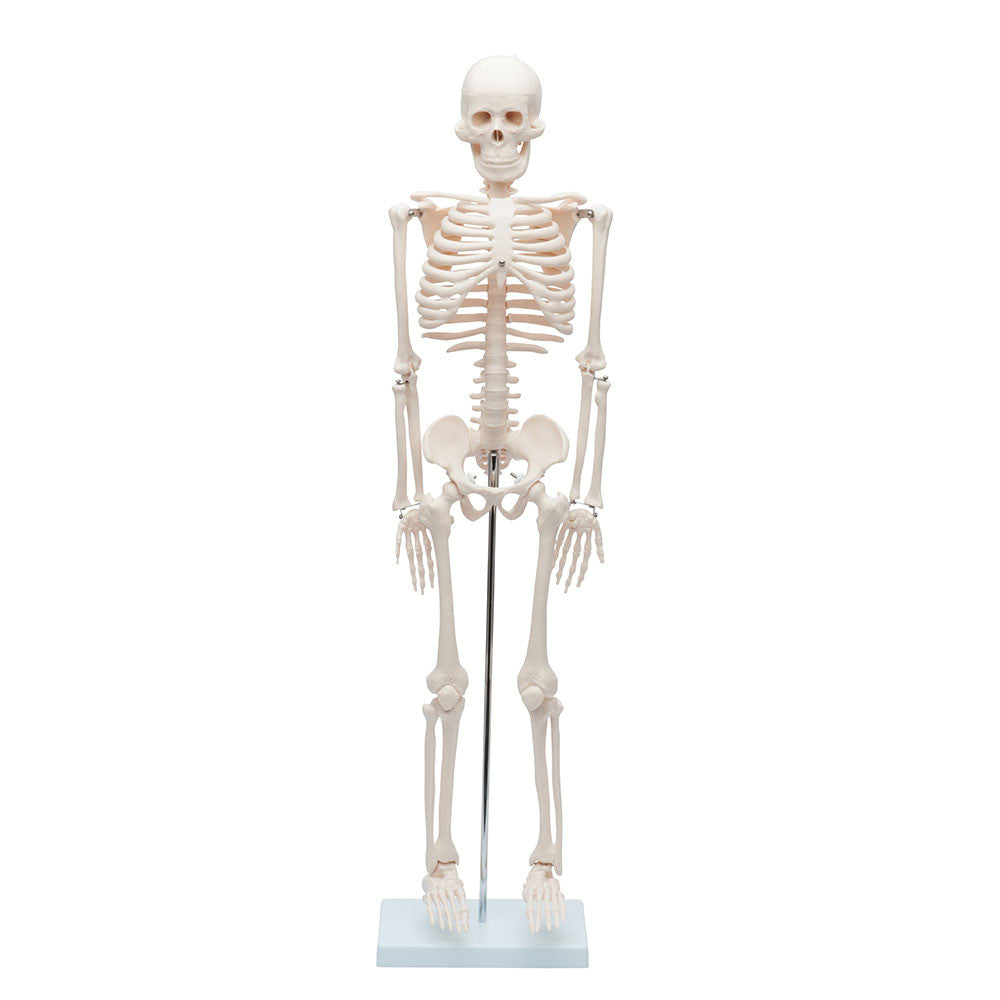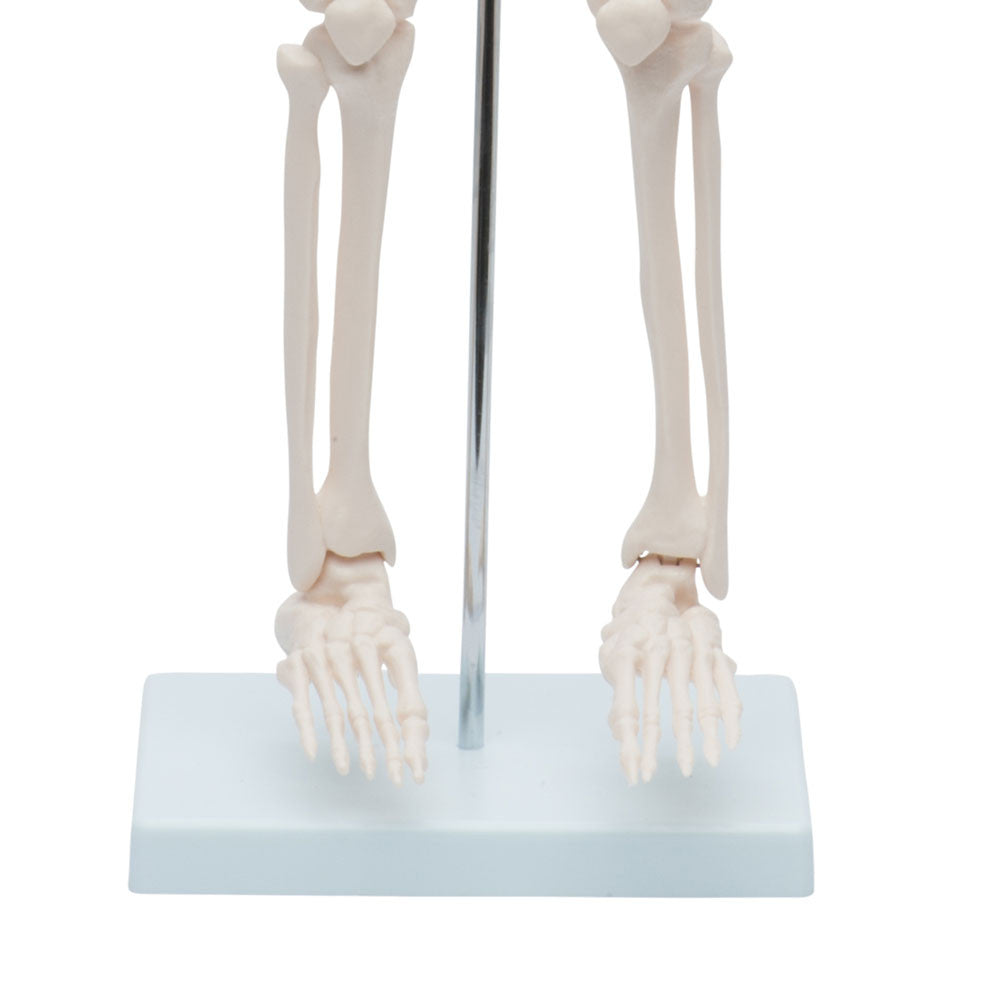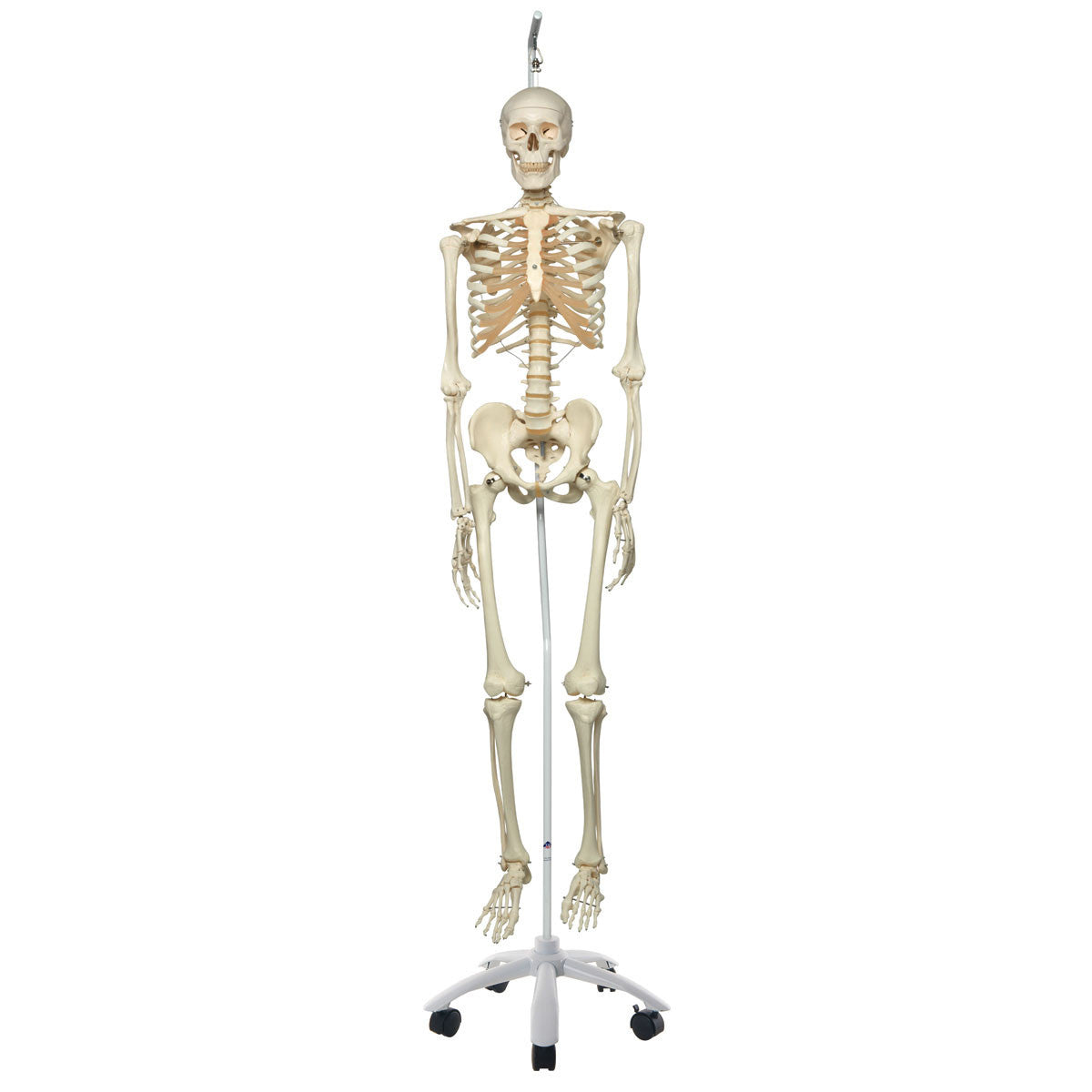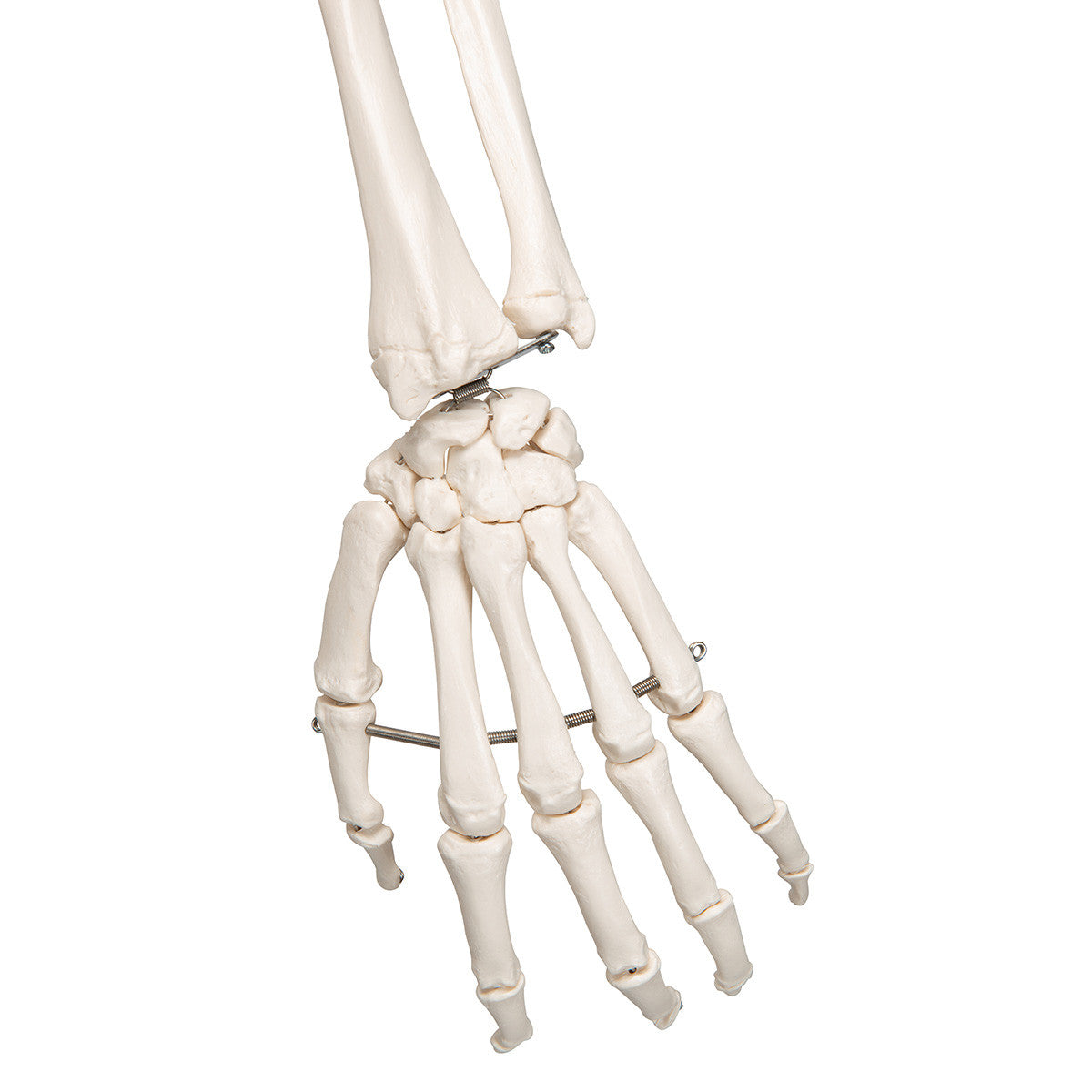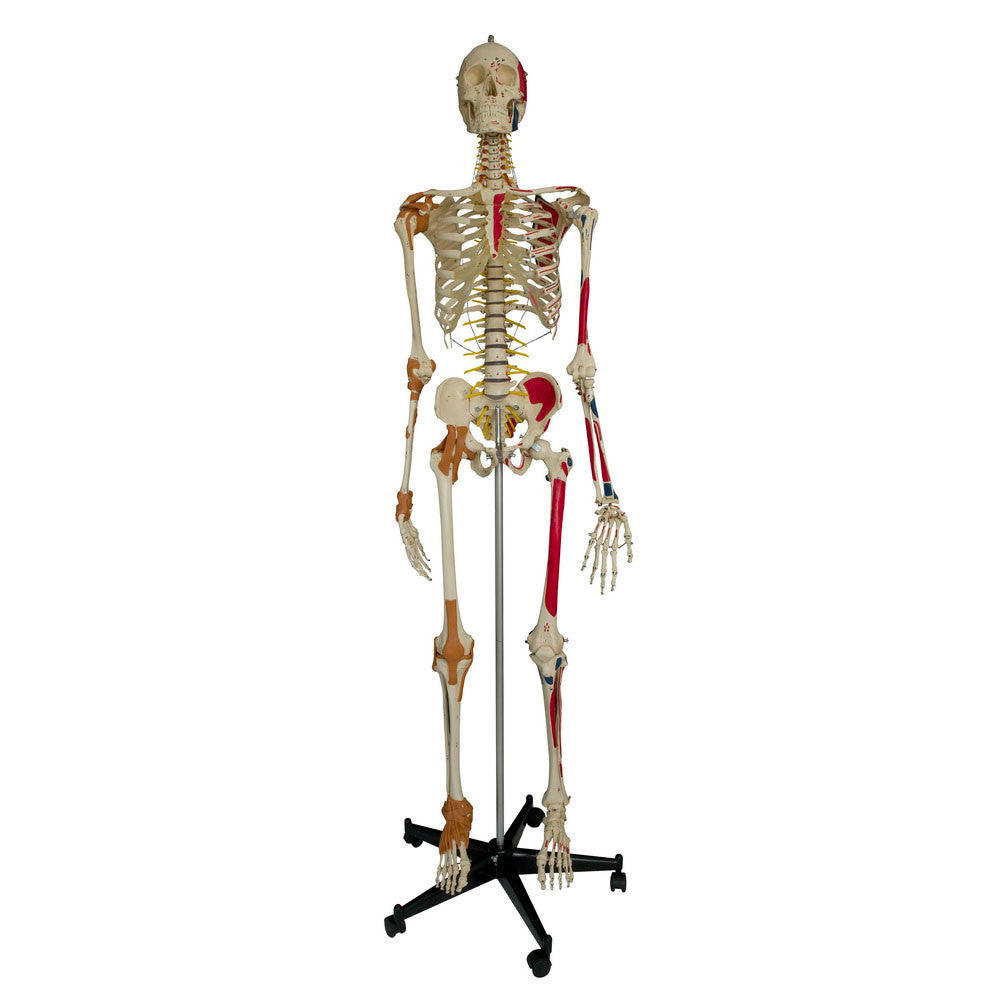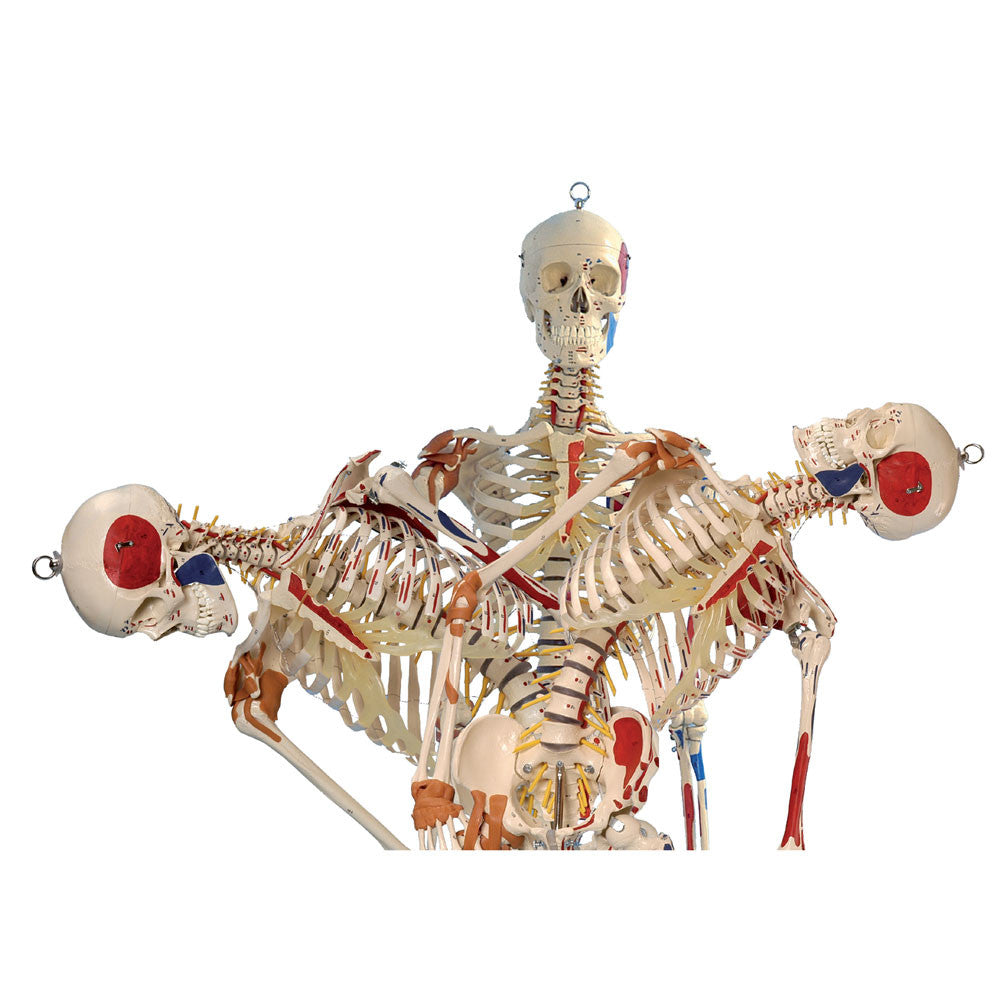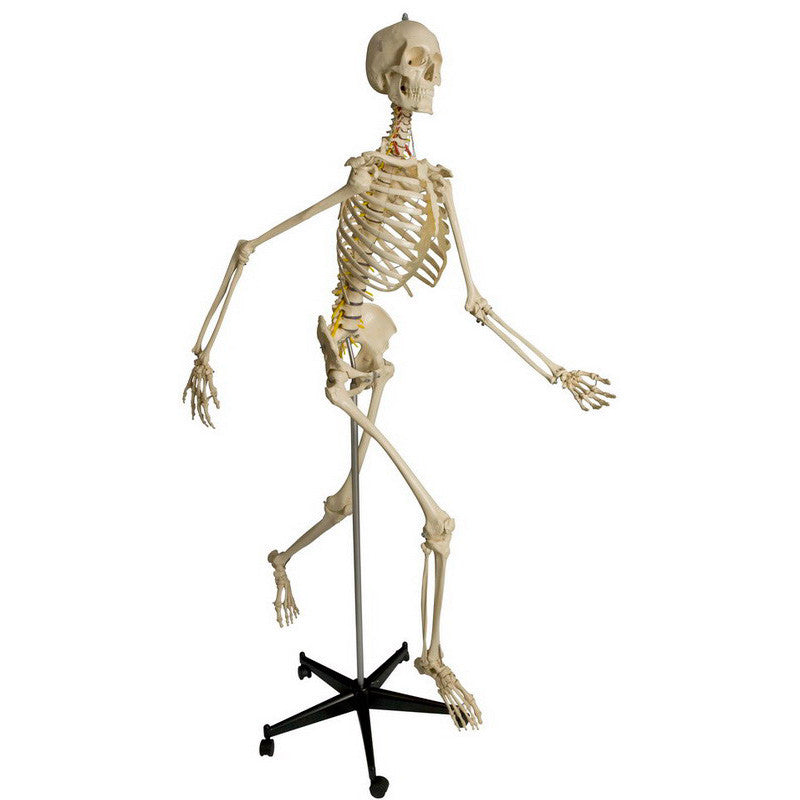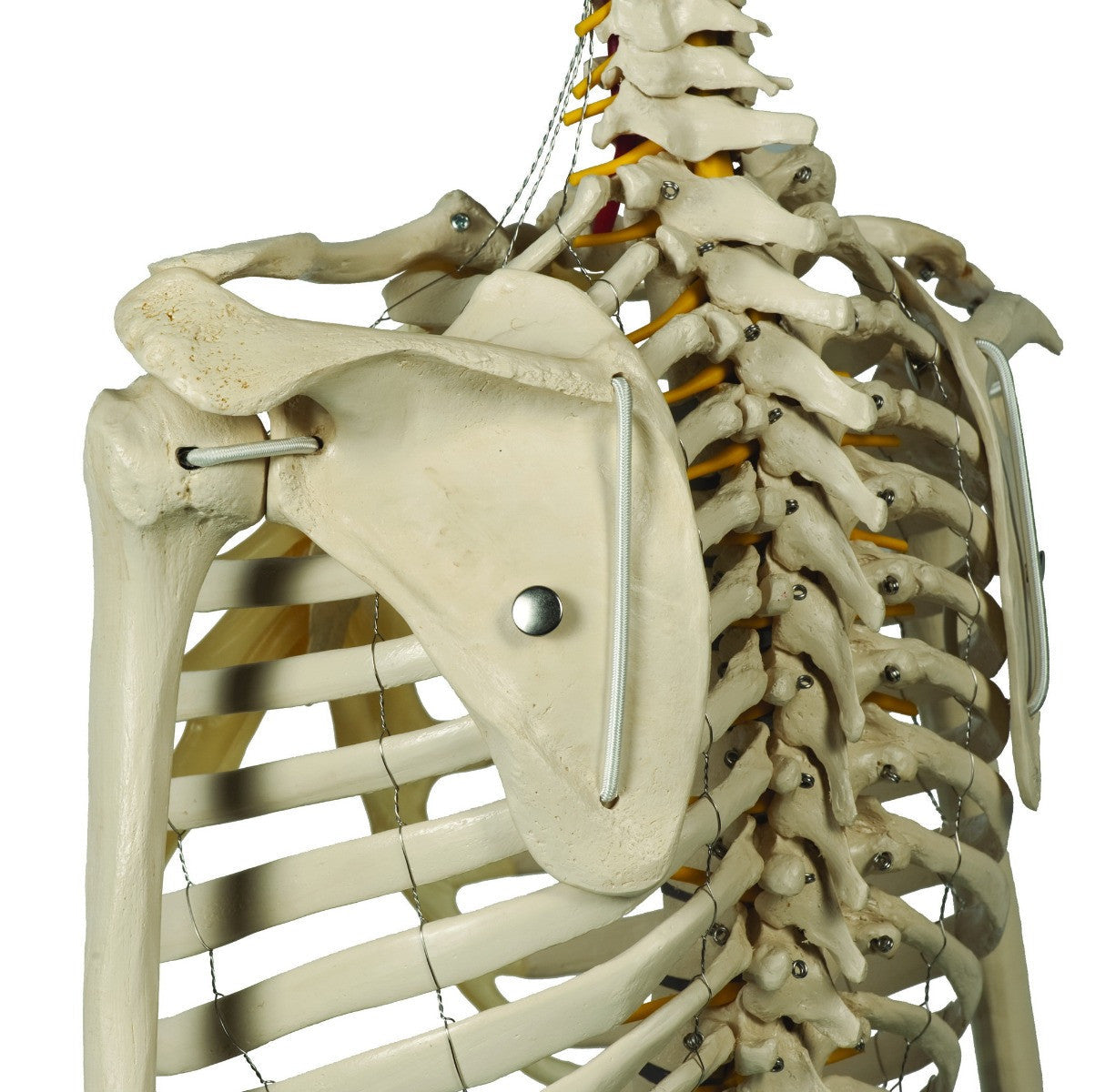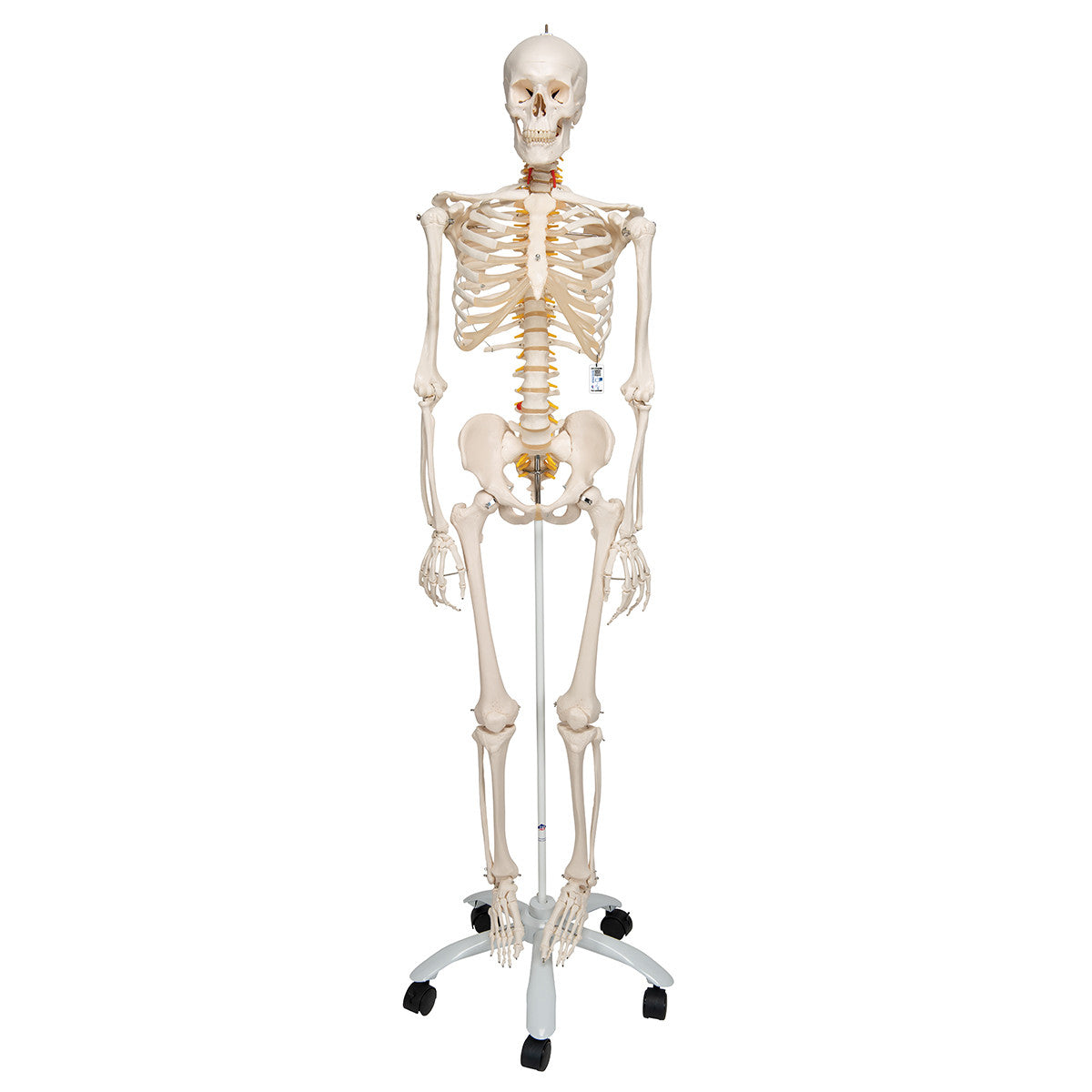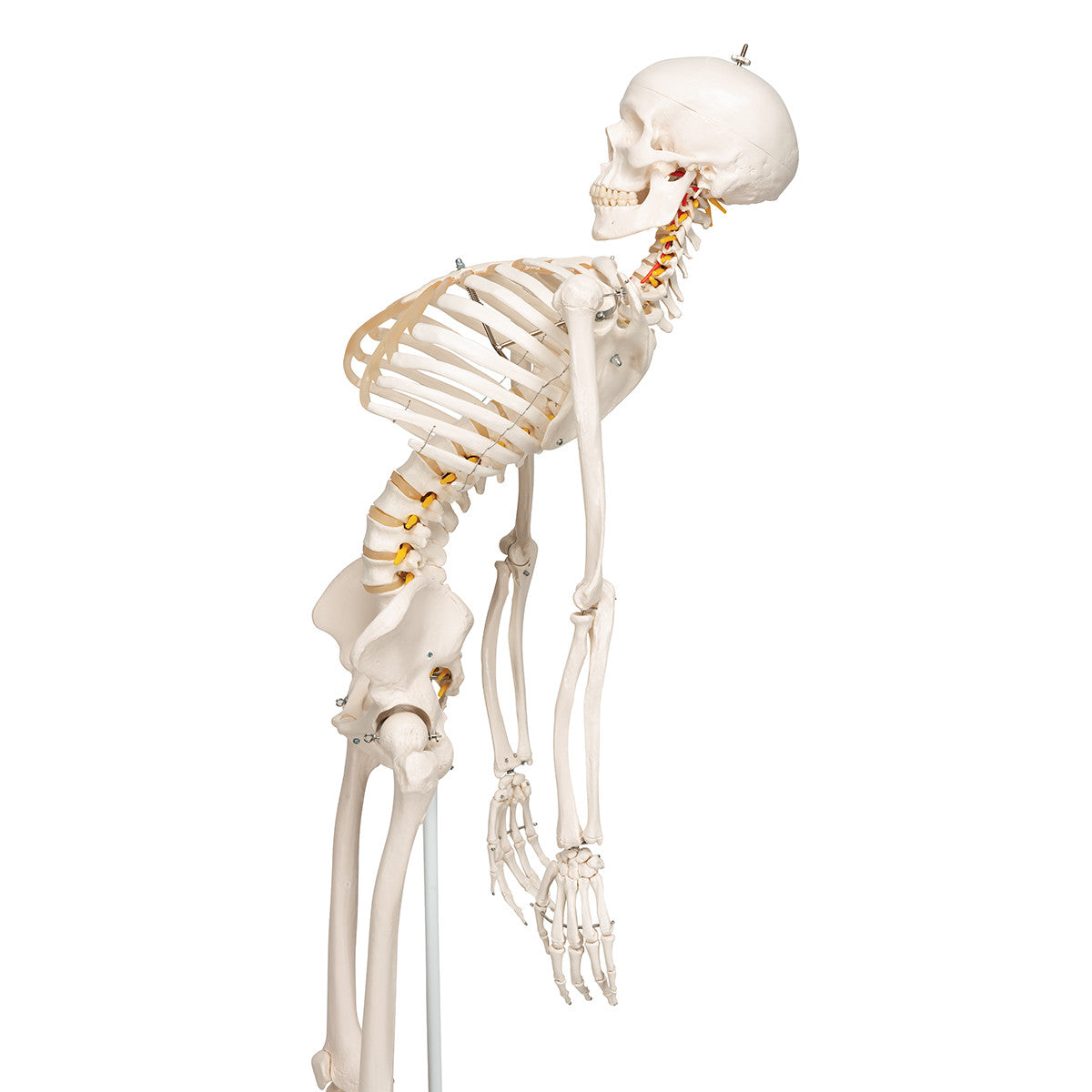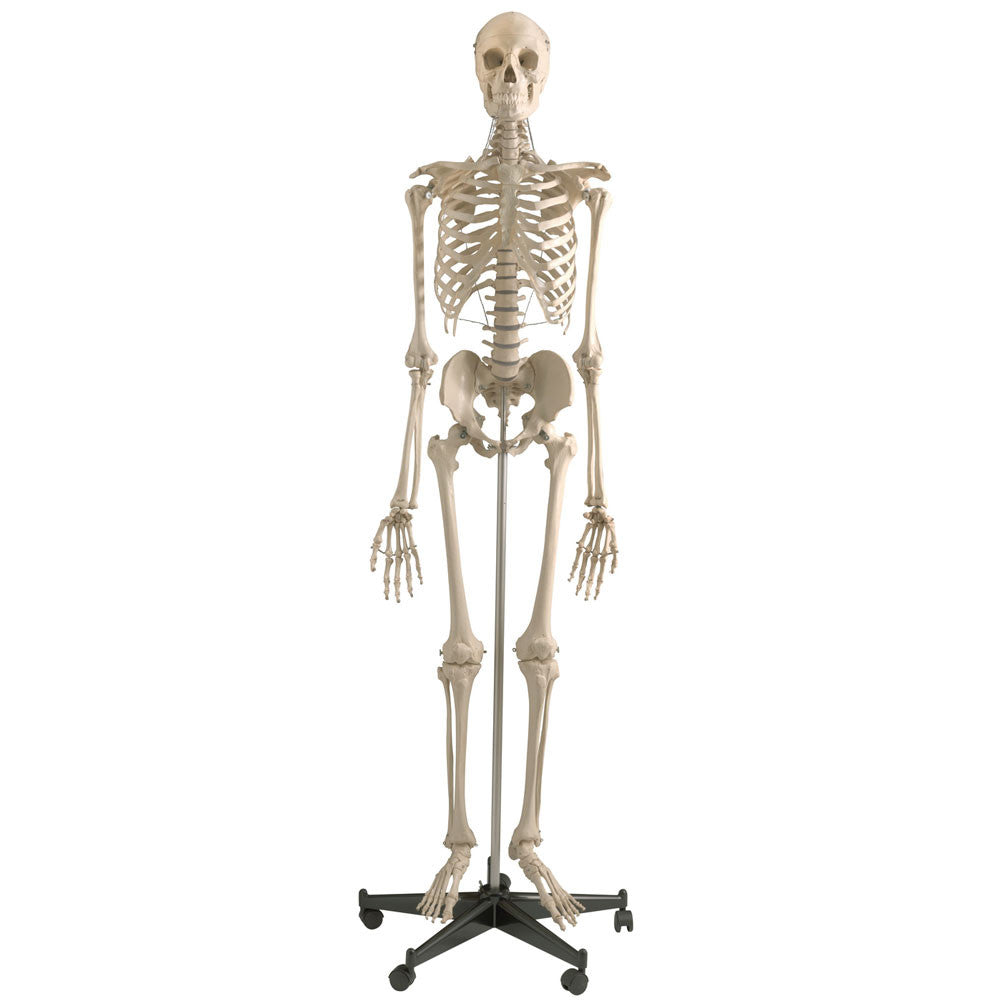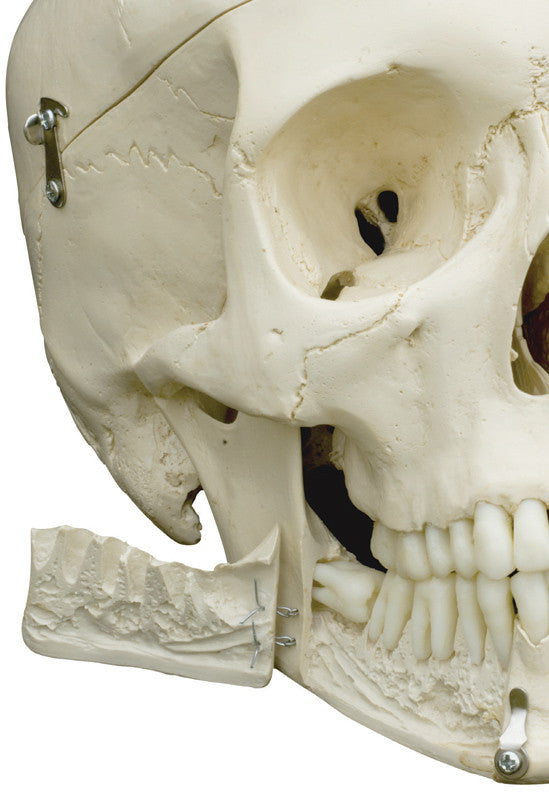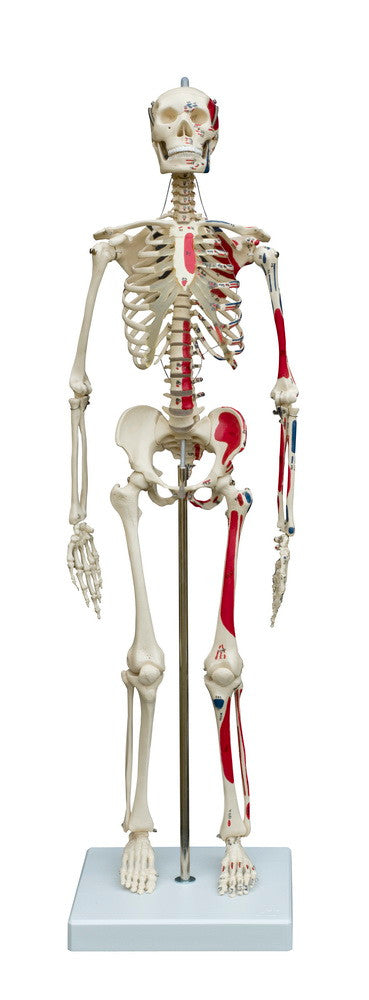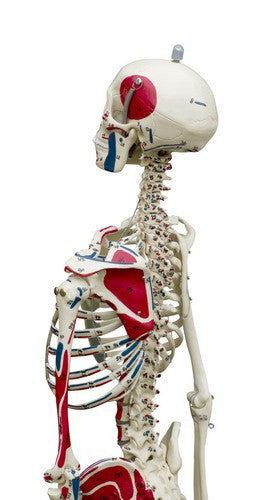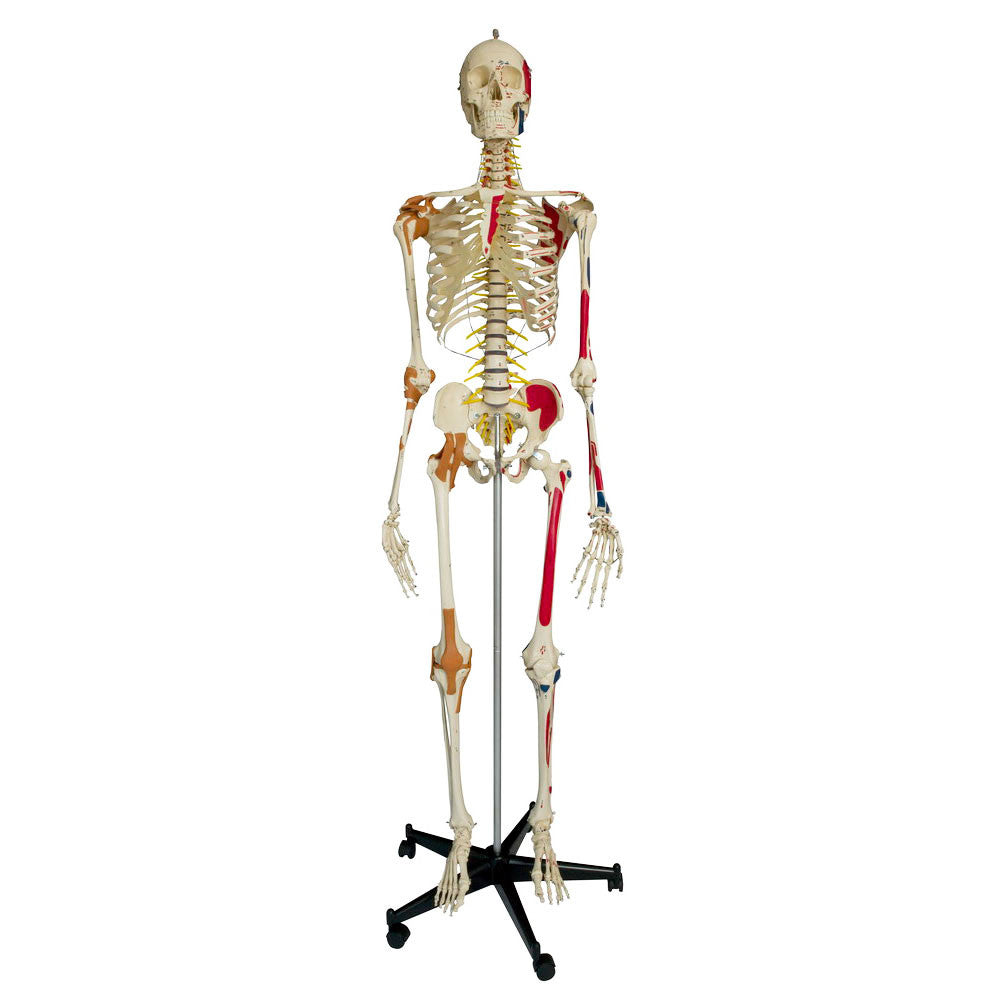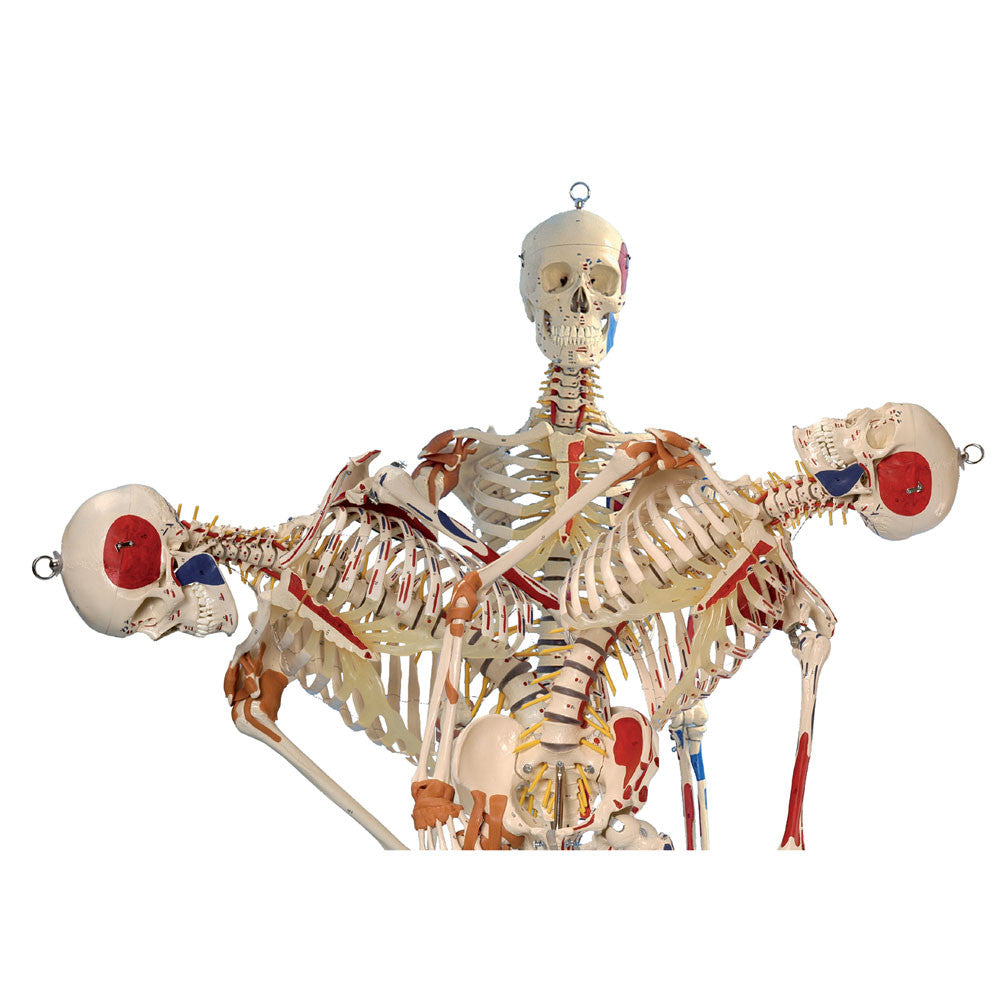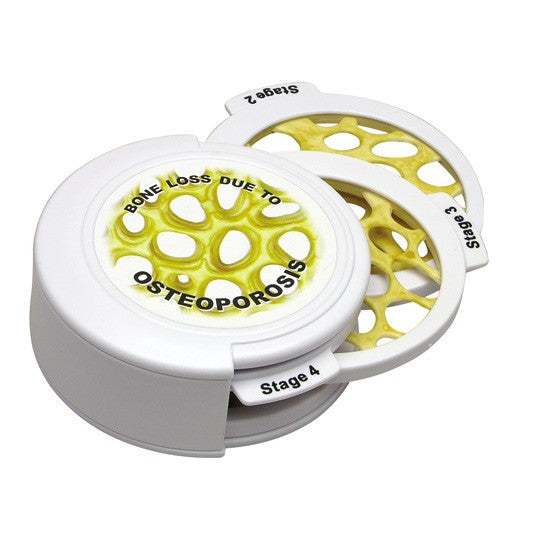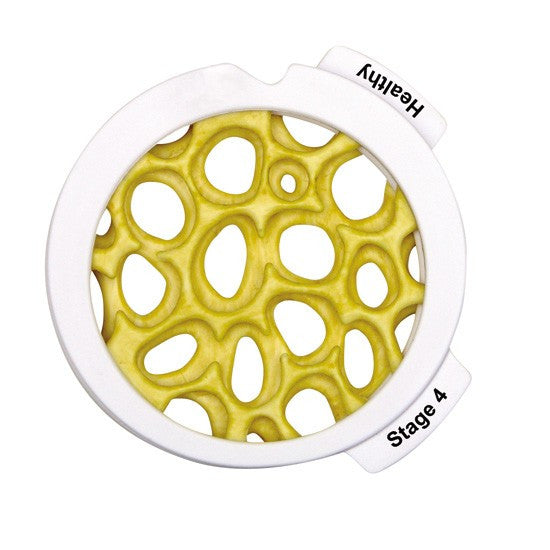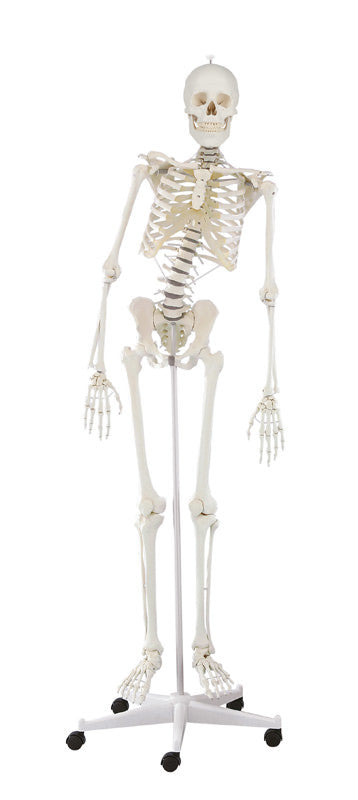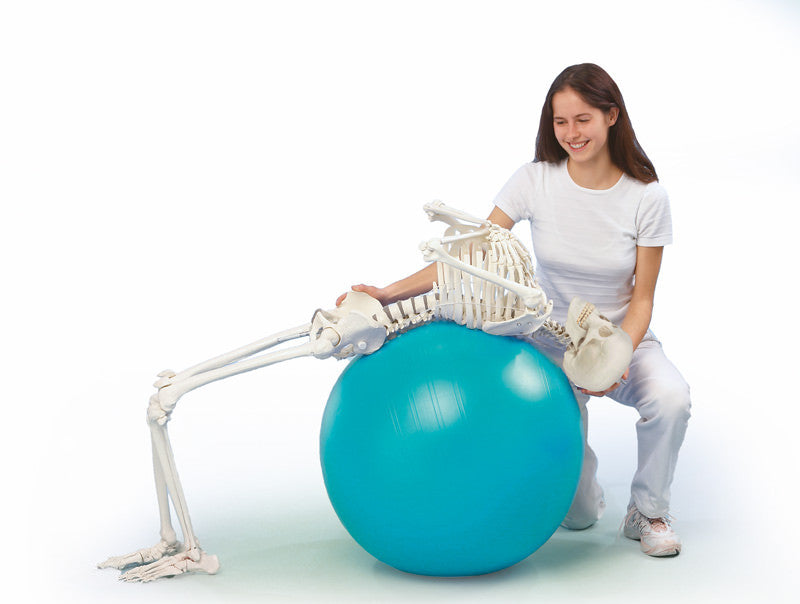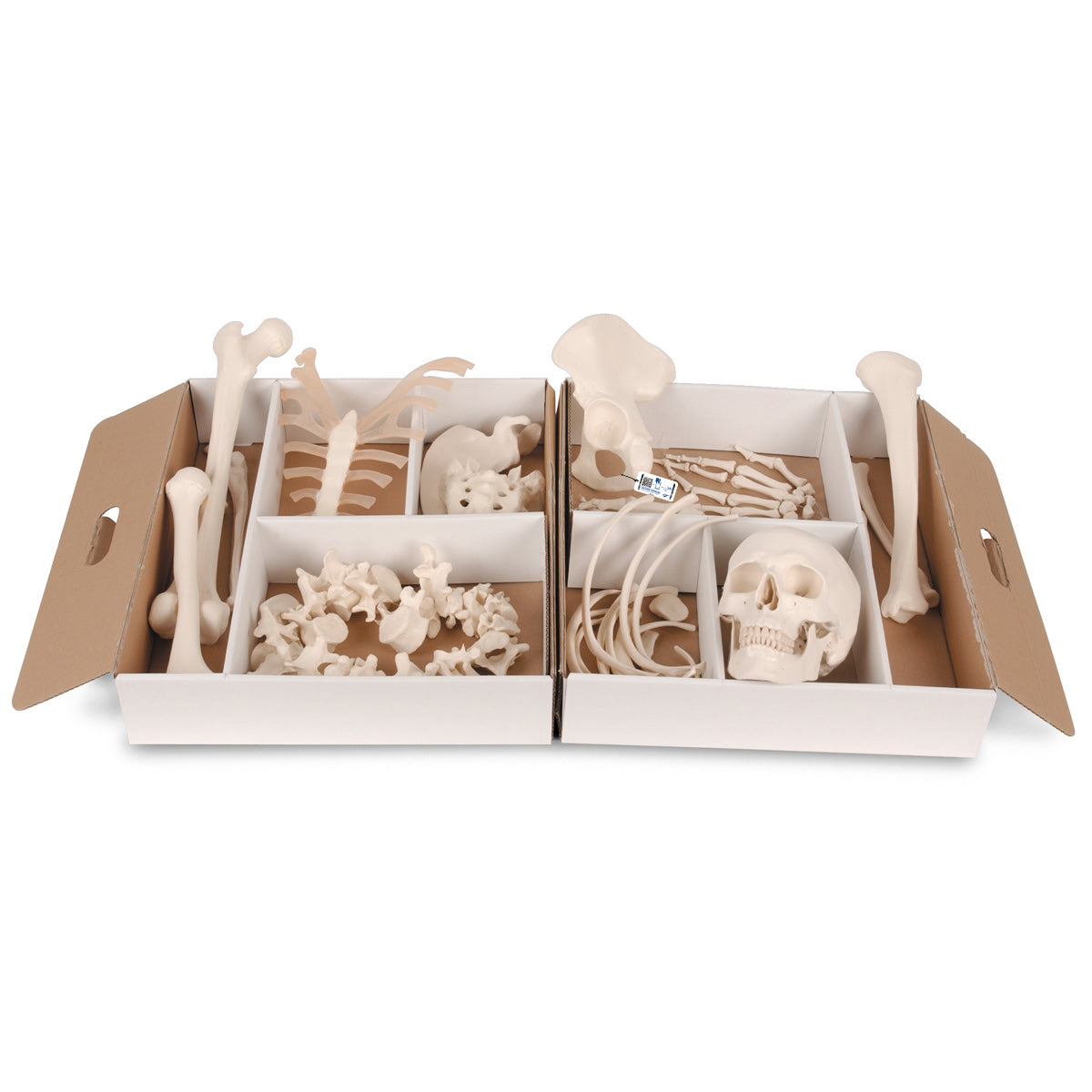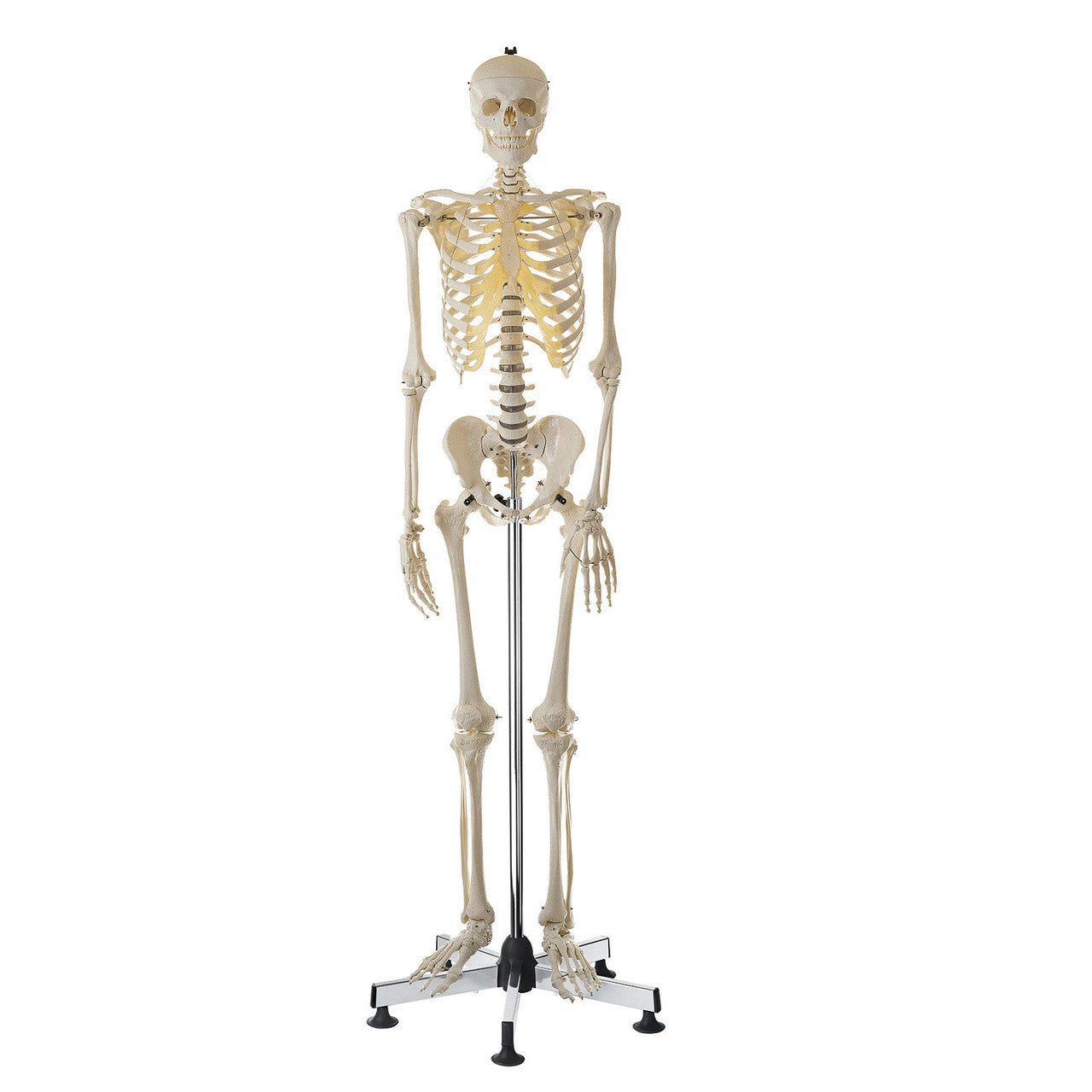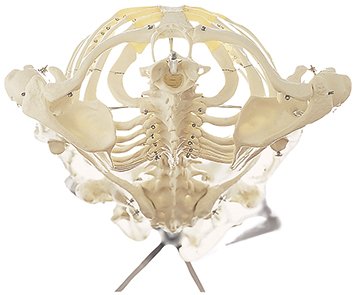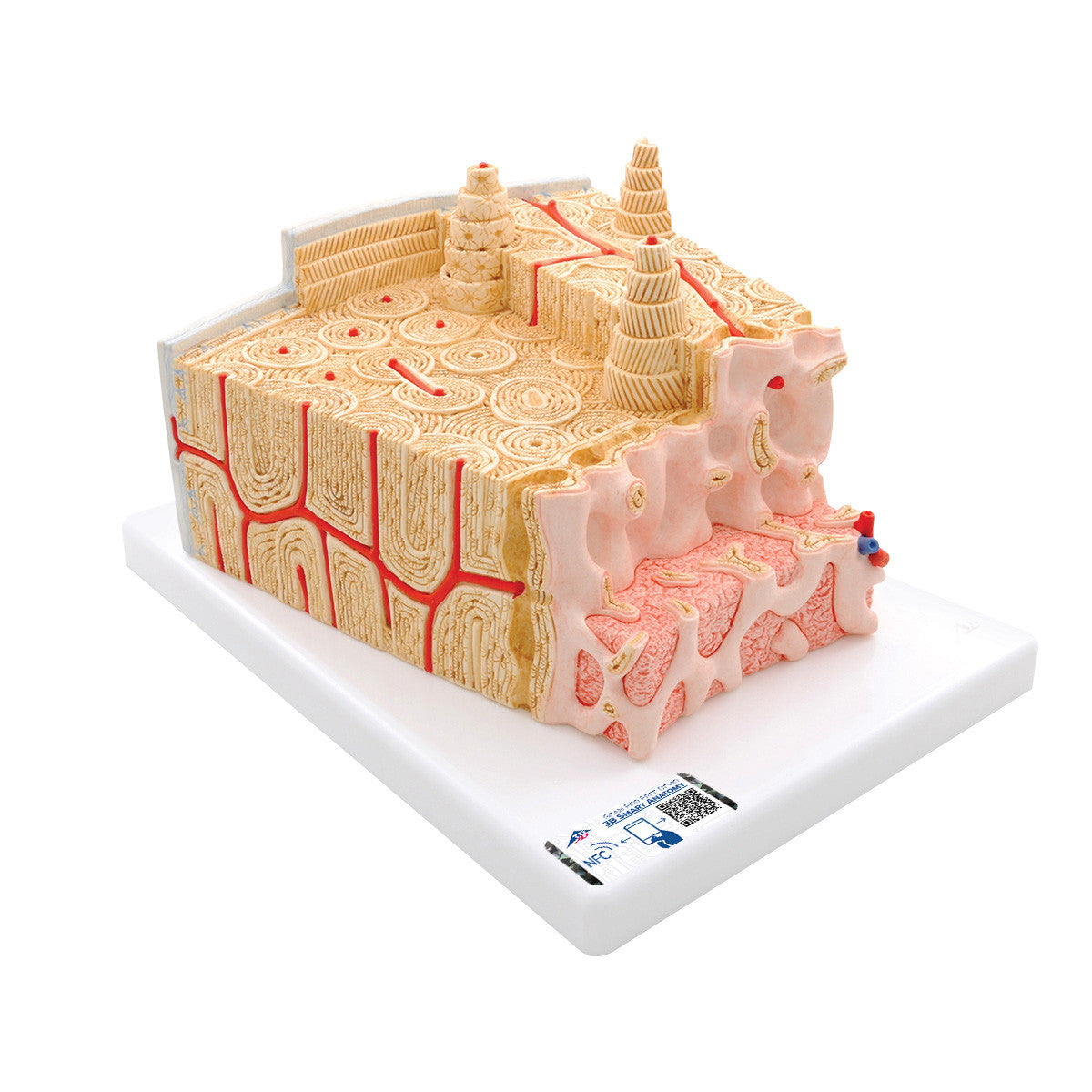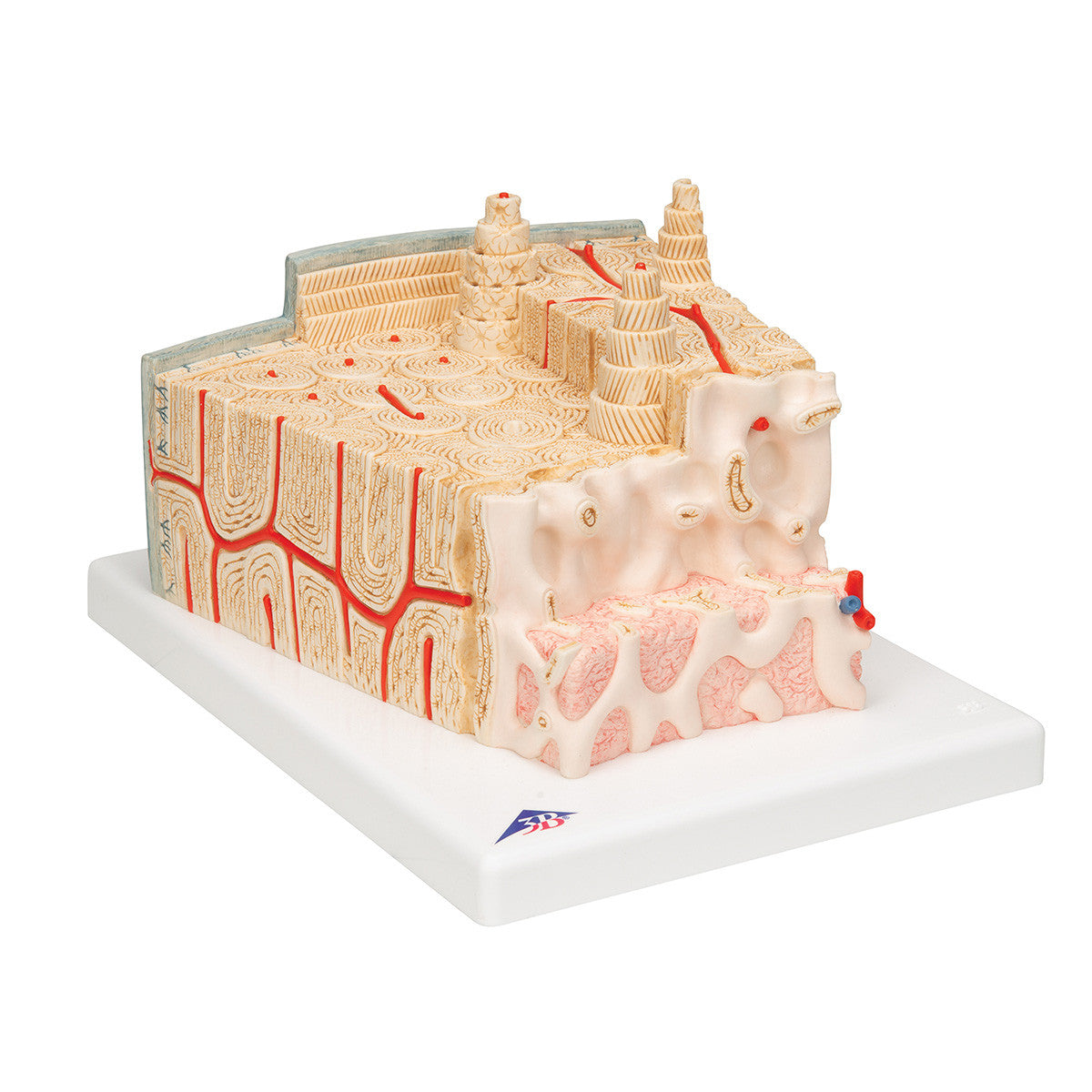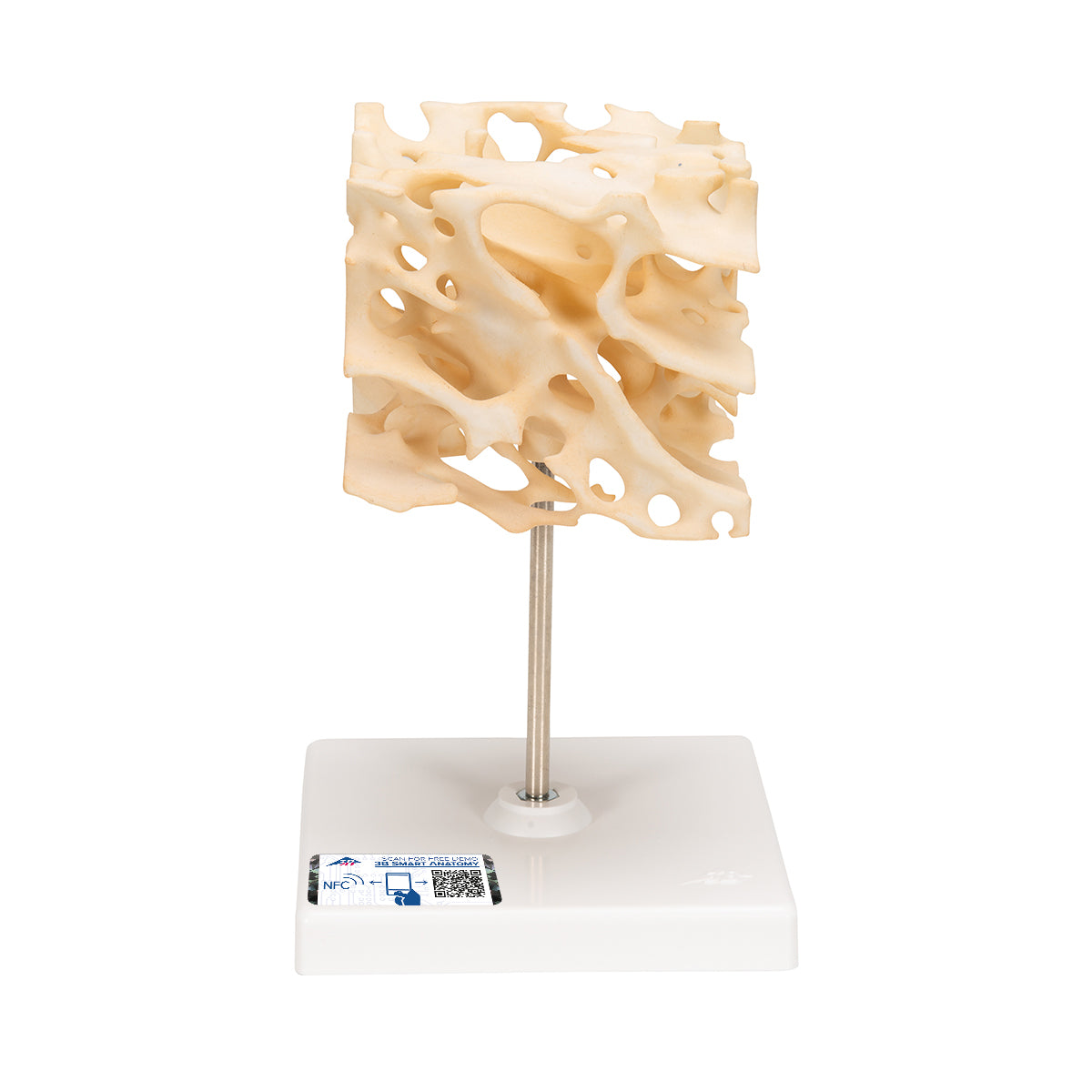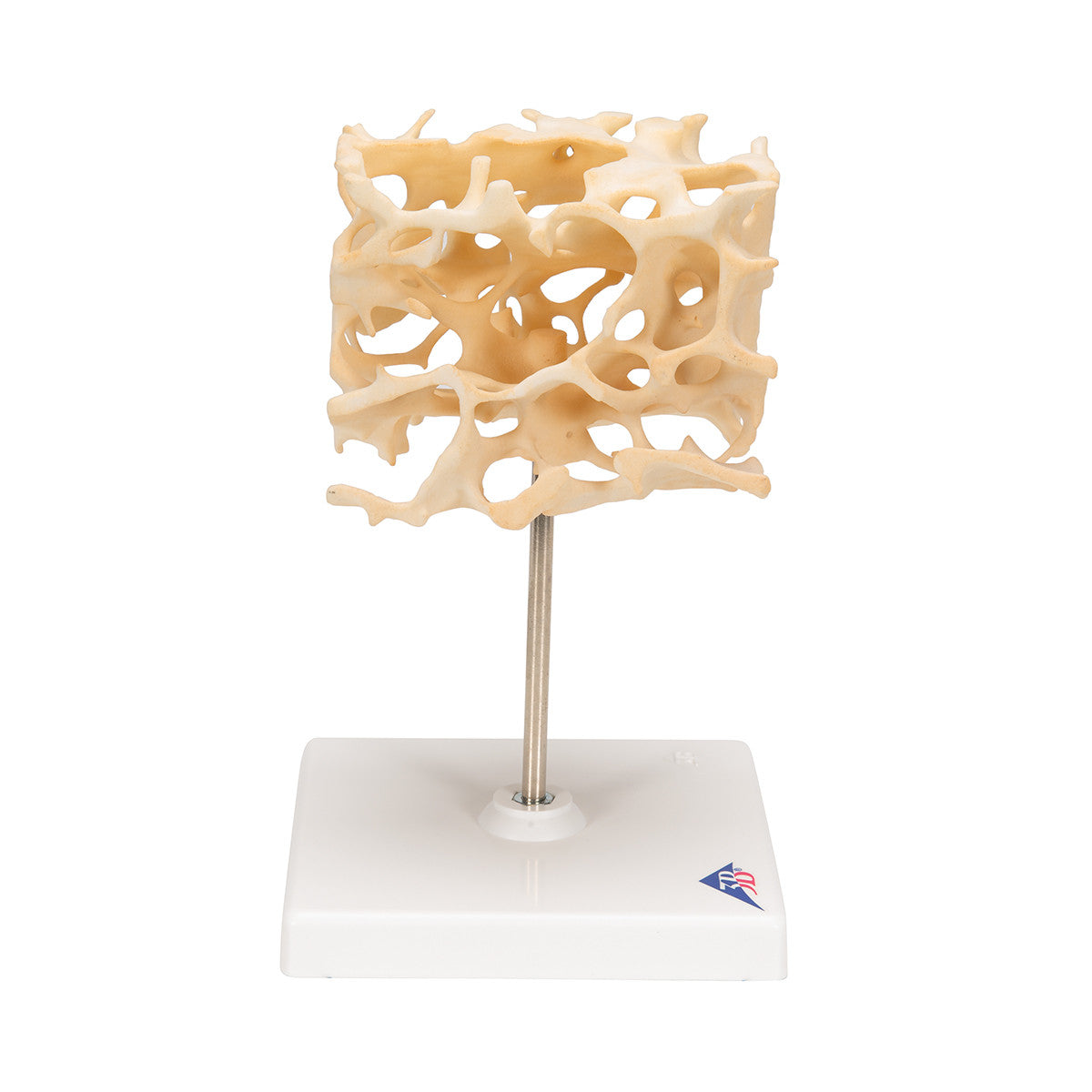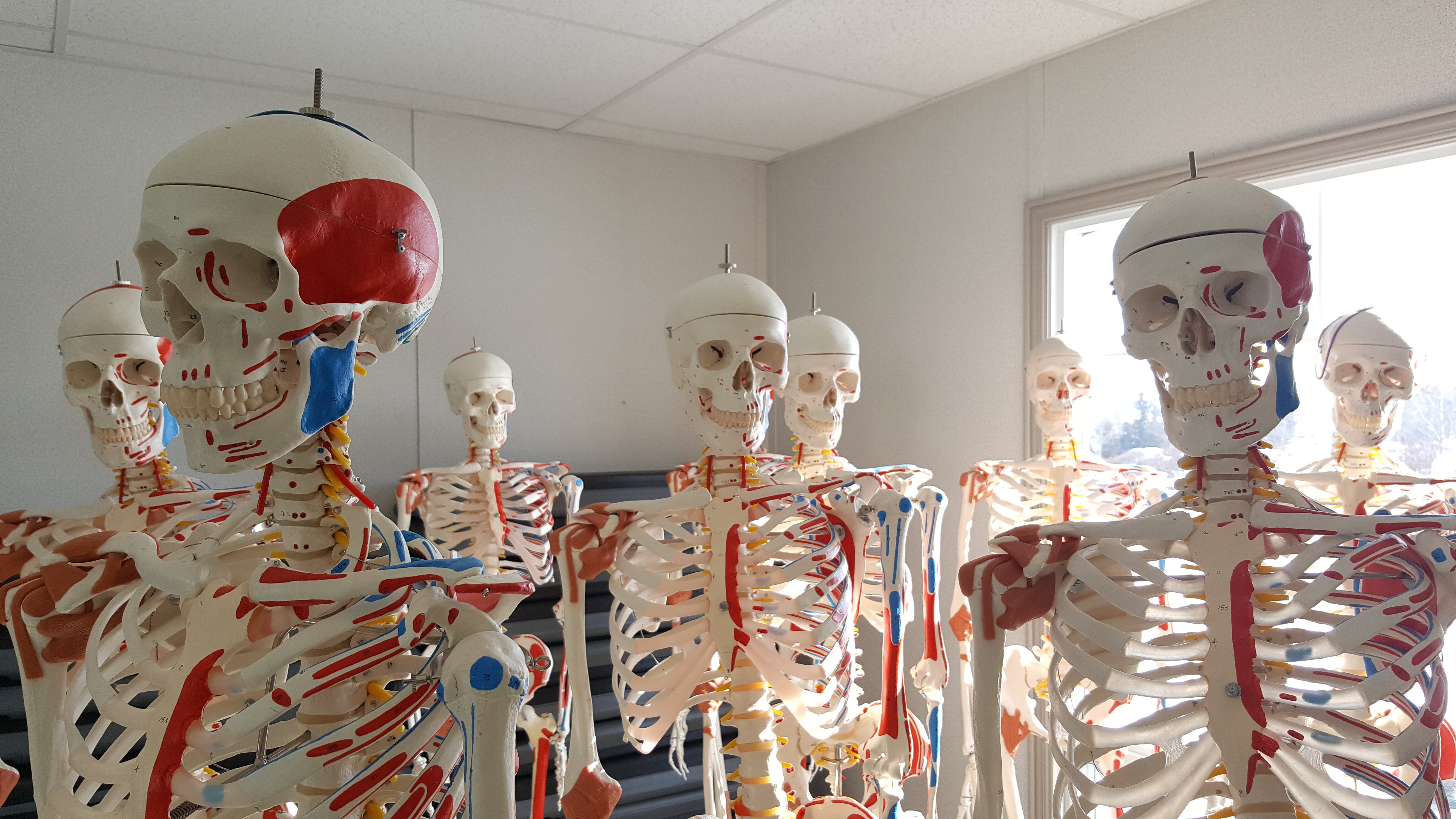
Skeletal Models
32 products
Showing 1 - 24 of 32 products
Articulated or Disarticulated
Skeletons come in two main variations, assembled or unassembled which is a simpler way of saying articulated or disarticulated. Articulated skeletons provide the benefit of showing the relationship and movement of bones in the natural position while disarticulated skeletons are great for studying the individual bones away from the rest of the skeleton. Articulated skeletons are the most popular model for patient education and teaching while disarticulated skeletons are great learning tools for understanding the individual features and landmarks of each bone.
Hanging or Pelvic Mount
One of the big questions we get is about the stand type. Which is better? One is more expensive so it must be better? The pelvic mount is the most popular and the most common option. It provides a lower centre of gravity making it more stable and allowing you to take better advantage of features like a flexible spine. Hanging stands are fantastic in classrooms as well as clinics for demonstration and teaching since they are positioned higher and you can easily rotate the skeleton - on a pelvic mount you simply rotate the base to turn the skeleton so it is also very straightforward. Both can be easily removed from the stands for easy use on the treatment table or elsewhere.
Flexible Spine
Flexible spines can add an added touch of realism. They are fantastic for displaying movement, mobility and explaining treatment options. They do have a broad range of motion but can sometimes be stiffer through the thoracic spine due to the ribcage articulation and are not always ideal for showing trunk rotation. Please see individual product descriptions for added details.
Painted Muscle Insertions and Origins
Great for teaching and learning origins and insertions, this is a feature most massage and manual therapy practitioners appreciate. All of the muscle attachments and bone landmarks are numbered and referenced in the supplied booklet. Great for learning landmarks. Close your eyes and palpate each bone until you feel the tuberosity or attachment point and then reference the number on the landmark with the muscle in the reference booklet.
Super or Physiological
While the Standard (don't let the name fool you) skeleton covers the majority of needs there are times when extra movement or features are helpful. The super skeleton class of models offer the best value as they combine a standard skeleton, functional joints and a flexible spine. These are great for teaching, learning and multi-disciplinary clinics where practitioners can explain different modalities and treatment techniques. Physiological skeletons are more specific as they focus strictly on movement of the joints. Typically the joint articulation is going to mimic natural range of motion more closely but without some of the other features found. These are ideally suited for clinics focused solely on bio-mechanics and kinesiology.
Base
An often overlooked feature the material of the base of the skeleton is something to consider. We do have a number of skeletons with heavy-duty metal bases which can be a good investment and will last a lifetime. Historically plastic bases made of a central hub where the rod is held with 5 spokes/legs was the common option. They work great - until they don't. The individual spokes can be subject to wear and tear over time causing them to break at the small joint with the hub. When this happens you may find your skeleton toppling over and as this is a wear and tear related issue manufacturers do not consider it as a warranty related event.
